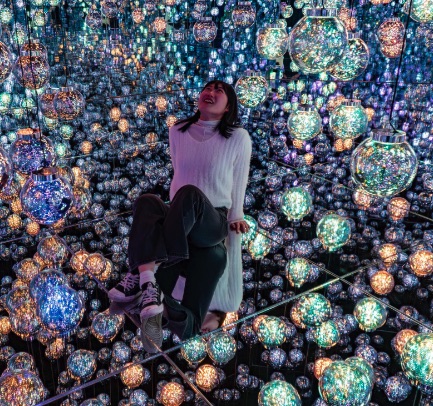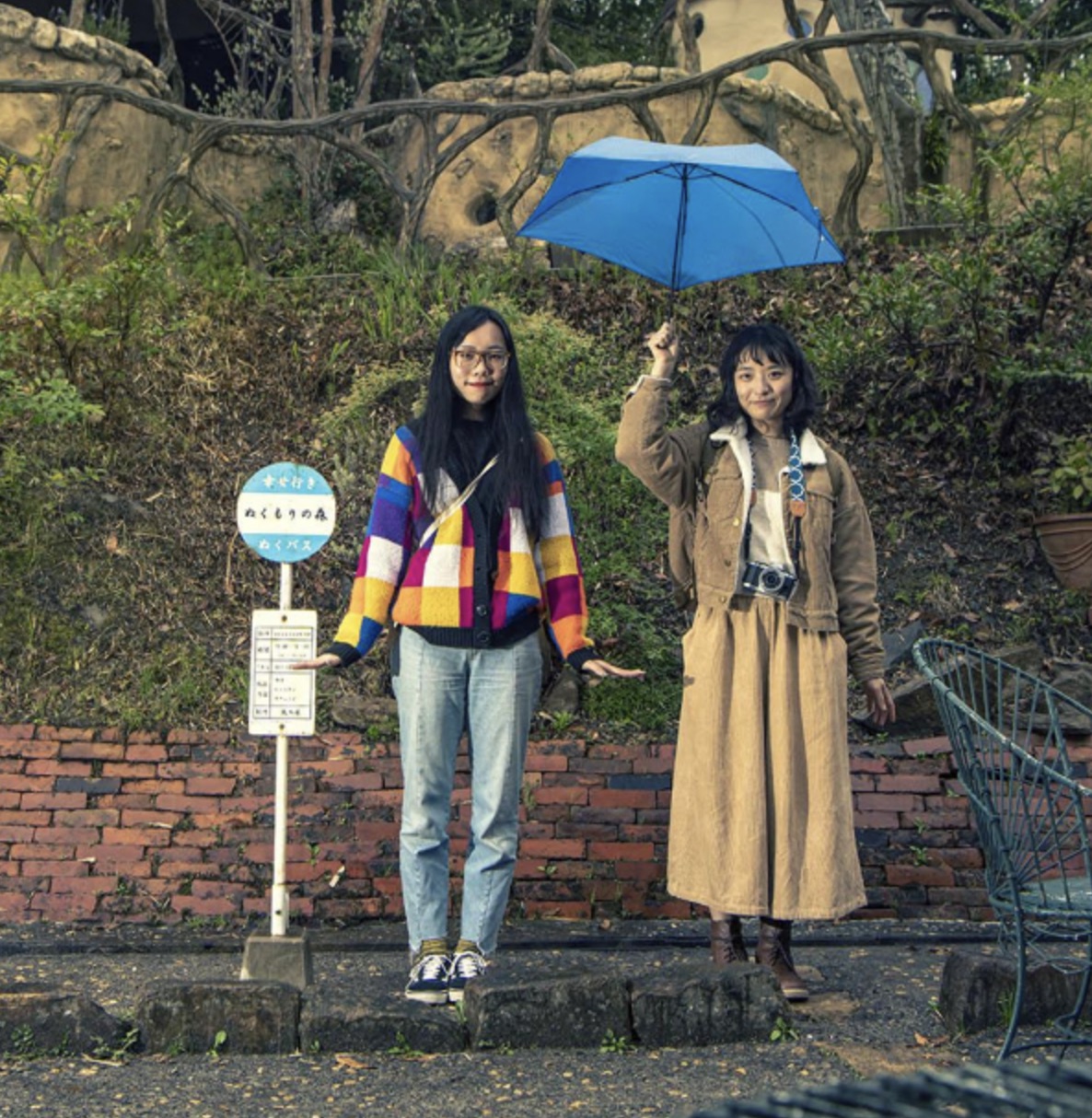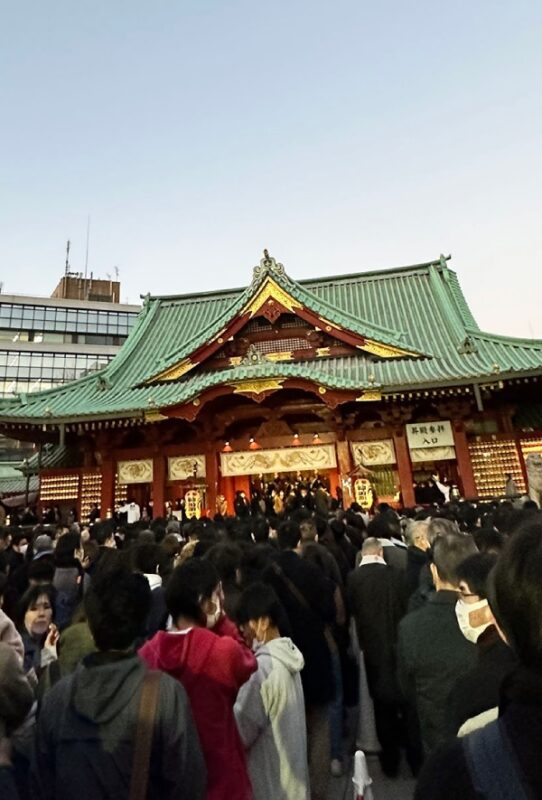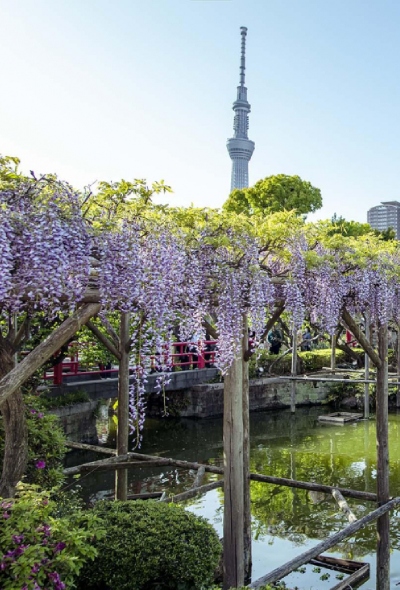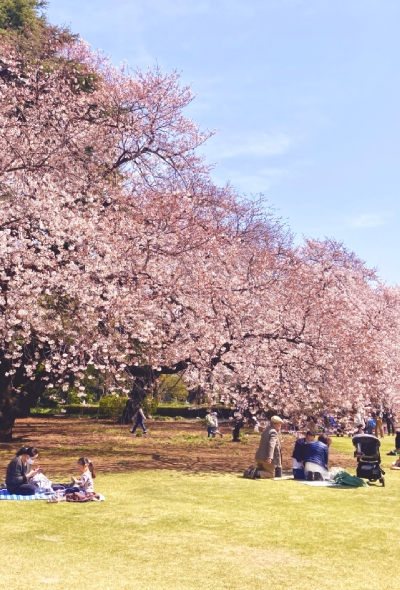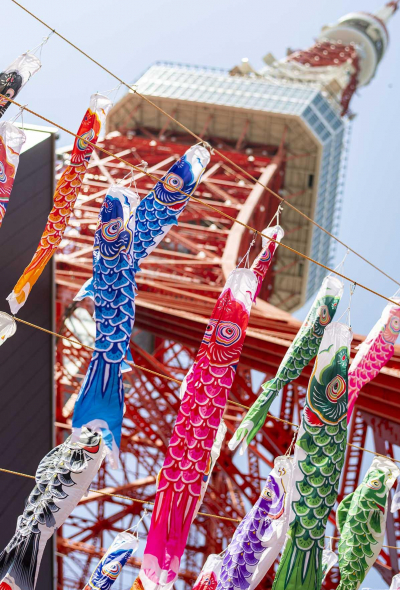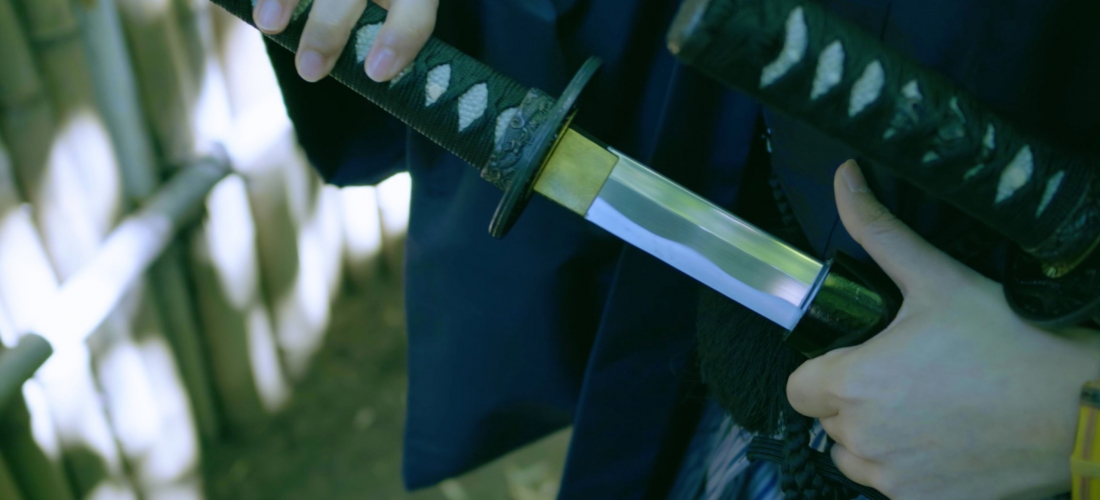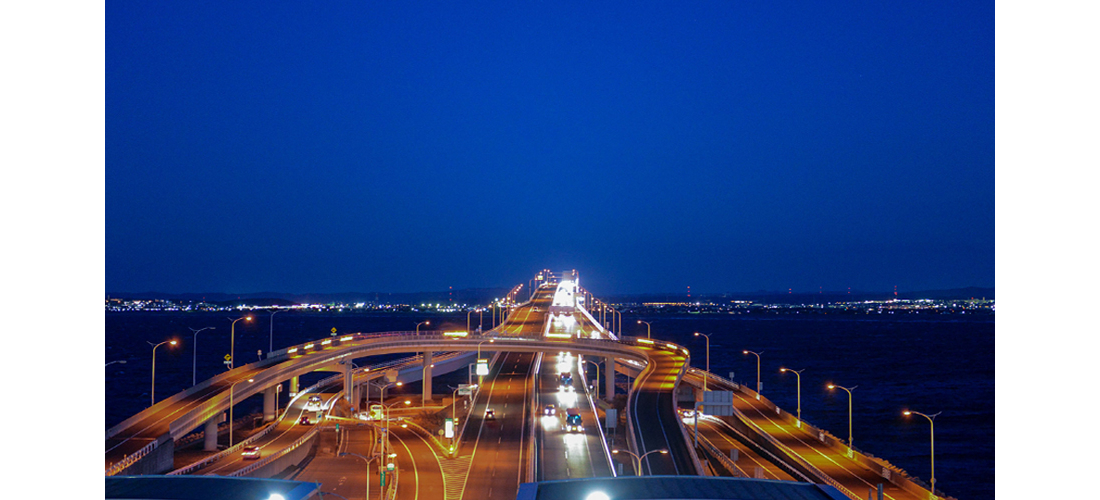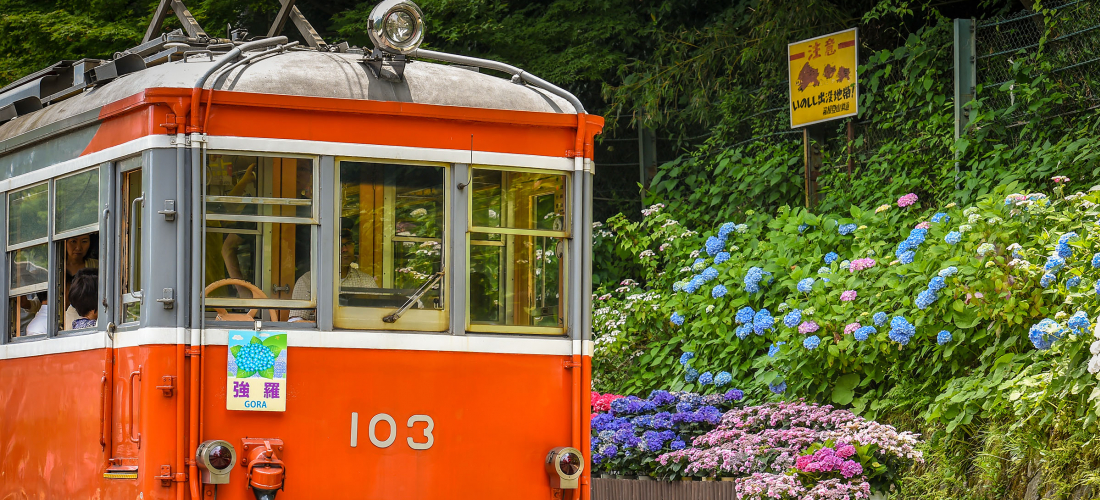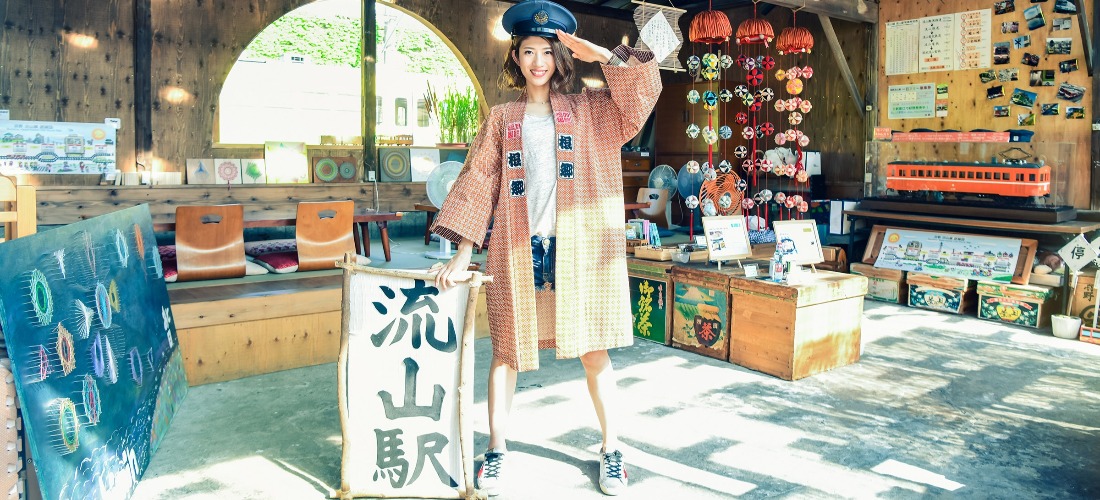
CONTENTS
There are a ton of unknown cities to visit close to Tokyo. After you have visited Tokyo's main tourist spots, why not check out Tokyo's suburbs? This time JAPANKURU will take you to Nagareyama City in Chiba, about half an hour from Tokyo!
In recent years, we have heard many rarities of old-fashioned craftsmen and women continuing to do what is important to them and their family despite new culture and trends. Similar to Kagurazaka, one of the best things you find at places like Nagareyama not only linking with the history of the past but the warmth and desire to connect with everyone is very strong.
You can only reach the town via subway or TX Tsukuba Express. So if you would like to visit a place to get away from all a hustle and bustle of Tokyo, or experience a more intimate city, follow JAPANKURU on their visit to Nagareyama!
(流山おおたかの森駅)
The fastest and easiest way of getting there is by the Tsukuba Express (つくばエクスプレス),
you can get there in 20mins from Akihabara.
you can take Tobu Railways (東武鉄道) to a desired station.
KUBOTA SAKE (窪田酒造)
 TX Tsukuba Express
TX Tsukuba Express  →Nagareyama-otakanomori Station→Tobu Railways → Unga Staition →
→Nagareyama-otakanomori Station→Tobu Railways → Unga Staition → →Kubota Sake
→Kubota SakeThe Kubota Brewery (窪田酒造) is a Japanese sake manufacturing factory that was founded in 1872.Chiba has a pretty long history of sake, particularly the nihonshu (sake) Katsushika (勝鹿), which was made here and is well known throughout the country. Sake became a big part of Chiba history primarily due to the high quality of water transport through the canal that started around Japan's Kanei era (1624-1643).
Here at the distillery, they took us through the Japanese sake brewing process; the rice polishing, steaming, koji making, etc. At the end is a table with all these different sake and mirin for you and your friends to taste! It was our first time trying pure mirin. We could not believe how sweet natural, it was!
Head next door and you'll see Kubota Miso Soy Sauce (窪田味噌醤油). Starting in 1925, it is a factory to make miso and soy sauce. If you pop inside and you will see a space selling the raw materials of soy sauce and miso, as well as some of the "only in Nagareyama" condiments that are great for those interested in cooking Japanese food.
685 Yamazaki, Noda-shi, Chiba
Google Maps
 : 8:30am~5:30pm
: 8:30am~5:30pm : 04-7125-3331
: 04-7125-3331🖳Kubota Sake official website (JPN)
– Nagareyama sightseeing guide application page (English)
→ There is a facility for those that want to experience in Nagareyama.
If you don't understand Japanese, you can apply for a free English guide by using the above page.
TOWA (蔵のカフェ+ギャラリー灯環)
 Keisei Bus
Keisei Bus  →Ryutetsu Nagareyama Station (流山駅)→
→Ryutetsu Nagareyama Station (流山駅)→  →TOWA
→TOWAThe cafe TOWA is great for those who like hidden cafes and restaurants. Originally a warehouse, it became a bright cafe that also sells many community handmade goods.
Aside from drinks, there are 3 main meals to choose from; a Veggies and Rice Plate (農園野菜のごはんプレート), Quiche Brunch Plate (キッシュブランチプレート), and Beef Curry (牛すじカレー).
Nagareyama is not only famous for mirin, but also miso. So if you choose to eat at Towa we advice trying some of their food and/or drinks that include miso or mirin. For example Towa's mirin lemonade! It has the nice tartness of lemonade but the mirin adds a different kind of sweetness.
1-155 Nagareyama, Nagareyama-shi, Chiba
Google Maps
 : 10:30am~5:30pm (L.O. 5pm)
: 10:30am~5:30pm (L.O. 5pm)Closed: Every Tuesday and Wednesday
🖳TOWA official website (JPN)
KIMURA INKAN (木村印鑑店)
 → Kimura Inkan
→ Kimura Inkan
Next, we headed to a Japanese hanko store, Kimura Inkan (木村印鑑店), that has been inherited for three generations. Once you walk inside though and you see lanterns hanging from the walls…which got us curious, what exactly is this place? Turns out that Kimura Inkan store not only prints seals and makes hankos, but they also make traditional Japanese lanterns. If you live in Japan, hankos are a must to open bank accounts, notarize important documents, and more. You may think that there is not much use for paper lanterns anymore, but during Japan's national holiday Obon, many people bring their family lanterns to get prepared so that they can use them to guide their parents home from the grave.
KONO CONO (あかり館@雑貨konocono)
 → kono cono
→ kono cono This quaint traditional Japanese wooden house has a history of more than 80 years. The lanterns are made of traditional Japanese paper "washi" (和紙) from Mino City (美濃市) in Gifu Prefecture and create a gentle halo inside the store. If every store in Japan could look like this it would be too great. There are all types, styles, and designs of lanterns for sale. If you have a special design in mind you can even pre-order your very own personal lantern. We bought a cute lantern night light, and although being electronic fills the house with warmth.
Paper lanterns are not the only thing for sale here! There is also a good selection of freshly baked bread and hand-made knickknacks and tableware sold here every day. The second floor has a display area for paper lamps. The store will also arrange occasional courses such as Calligraphy and yoga.
6-1324 Ka, Nagareyama-shi, Chiba
Google Maps
 : Weekdays 10am~4pm
: Weekdays 10am~4pmSaturdays and holidays 1pm~5pm
Closed: Every Sunday and Monday
🖳kono cono official website (JPN)
KALEIDOSCOPE GALLERY MISEGURA (万華鏡ギャラリー 見世蔵 )
 → Kaleidoscope Gallery Misegura
→ Kaleidoscope Gallery Misegura
Misegura is a kaleidoscope shop that was built in 1889. The store displays the works of the world-famous kaleidoscope writer Nakagawa.
We never thought there would be a place where you can see SO many kaleidoscopes all in one spot. There are a lot of kinds of kaleidoscopes ranging in shapes and colors, you are sure to have a good time here.
2-101-1, Nagareyama, Nagareyama-shi, Chiba
Google Maps
 : 10am~5pm (every Mon & Tues closed)
: 10am~5pm (every Mon & Tues closed) : 04-7190-5100
: 04-7190-5100 🖳Kaleidoscope Misegura official website (JPN)
MASHIYA GOFUKUYA (ましや呉服屋)
 → Mashiya Gofukuya
→ Mashiya GofukuyaMashiya Gofukuya is kimono store (ましや呉服屋) that has a history of over a hundred years.
We met the sixth generation shopkeeper, who was very kind and explained a lot about making a kimono and yukata. He also took us to see a lot of precious kimono fabrics and told us some important things to keep in mind when choosing a kimono. Normally people just choose what design and color they like but there is a lot of meaning behind the designs and colors so the master explained what is best for what occasion and its meaning. One thing we were surprised about was in the summer many people choose summer fashion designs like fireworks and bright colors. However what is traditional and "correct" is to dress for the season ahead. So technically during the summer, you should be wearing autumn colored and design yukata/kimonos. If you don't know what would look good or have an idea what to get, ask the owner and he will surely help you!
In addition to kimonos, the store also offers a variety of related kimono accessories. Due to the long history of the store, you can see old antiques everywhere. If you go into the back of the store there is a shelter that was used to protect the kimonos from fires, now it is used as a mini antique museum-like space. So be sure to check that out!
The owner is explaining the pattern on the fabric to us. There are two types of adding the design on a kimono, using a template and hand-painting. The one in the picture is a Kyoto style "Kata Yuzen" (型友禅). It is a Japanese dyeing technique for fabrics that goes way back to the 15th century. Using the paper pattern they mix a "colored glue" (写糊;"utsushi nori") with dye, then dye the fabric. If there are multi colors in the design, each section will have its own color so they dye it section by section. From there they add the gold border (which was also done by template) and any other texturized design. To make this kimono above, 10 templates were used, but there are some that even use 100! There are some kimonos where the designs are all hand painted, but of course, those are extremely expensive, and we were told it is becoming more and more difficult to get ahold of.
This is a prime example of the benefits of coming to a place like Nagareyama. If you were to go to a store in Kyoto, we can almost guarantee the owner would not take the time to lay things out and explain things and the history to you.
6-1300, Ka, Nagareyama-shi, Chiba
Google Maps
 : 10am~7pm
: 10am~7pm Closed: Every Wednesday and every 2nd and 3rd Thursday
 : 04-7158-1018
: 04-7158-1018🖳Mashiya Gofuku-ya official website (JPN)
SHIMIZUYA (清水屋)
 → Shimizuya
→ Shimizuya
Founded in the 35th year of Meiji (1902), traditional Japanese snacks store "Shimizuya" (清水屋) is now in its fifth generation. Shimizuya sells fresh hand-made snacks daily and the owners take real pride in their work. With their long history of more than 115 years, and it maintains its past by appearance and techniques. Using an ancient practice, they use utensils to prepare and make these snacks. If you are interested in traditional Japanese snacks like senbei (rice crackers), stop by here!
2-26, Nagareyama, Nagareyama-shi, Chiba
Google Maps
 : noon~7pm
: noon~7pm  : 04-7158-0140
: 04-7158-0140🖳Chiba Prefecture Shimizuya website (JPN)
machimin
 → machimin → Nagareyama Station →
→ machimin → Nagareyama Station →  Ryutetsu Line
Ryutetsu Line → Tokyo
→ TokyoThe name for this open rest and community center "machimin" is composed of the Japanese word "machi" (まち, meaning street or town) and "min" (みん, a shorter version of mina (みな) meaning everyone). They took this area and turned it into a space with the concept of "building a town with everyone."
Machimin provides activities that promote the exchange of new visitors with locals, and bring new vitality to the city of Nagareyama. Earlier we mentioned how Nagareyama is famous for mirin and white miso, and here machimin also sells desserts that in place of sugar use mirin! Their mirin marshmallows completely changed everything we thought we knew about marshmallows.
☆machimin
1-264, Nagareyama, Nagareyama-shi, Chiba
Google Maps

🖳machimin website (JPN)
Machimin is right next to the Ryutetsu Line, Nagareyama Station (流山駅). It is a small local station that does not even use electric train passes. They still use thick, old-fashioned tickets that they have to punch. If you chose to take this train it will give you a chance to see more of the suburbs.
The above eight places are selected by JAPANKURU as a recommended travel route of Nagareyama City. It is best to give yourself a period of time to wander around and really enjoy the warmth and charms of such a place. Sure may be able to see some of these places in Tokyo or Kyoto, but we can guarantee they won't have that special factor nor will you be able to see the love and kindness that those in such a small city like Nagareyama have for visitors.


If you don't understand Japanese but want to experience something in Nagareyama,
you can apply for a free English guide by using the above page.
How to get to Nagareyama? There are two main ways to get there:
1. Ryutetsu (local Nagareyama train) – To use the Ryutetsu, you need to first transfer at Mabashi Station (馬橋駅), then take the train straight to Nagareyama Station.
2. TX Tsukuba Express (subway) – TX Tsukuba Express is the easiest and fastest way to get here. Just hop on at any TX station (Asakusa, Akihabara, etc.) and take it to Nagareyama-otakanomori Station.
For more interesting topics,
Be sure to look at JAPANKURU
Or add us on Google+, Instagram, Facebook to share your Japanese pictures
Details
NAME:Nagareyama (流山市)
MAP
ACCESS:Nagareyama Station




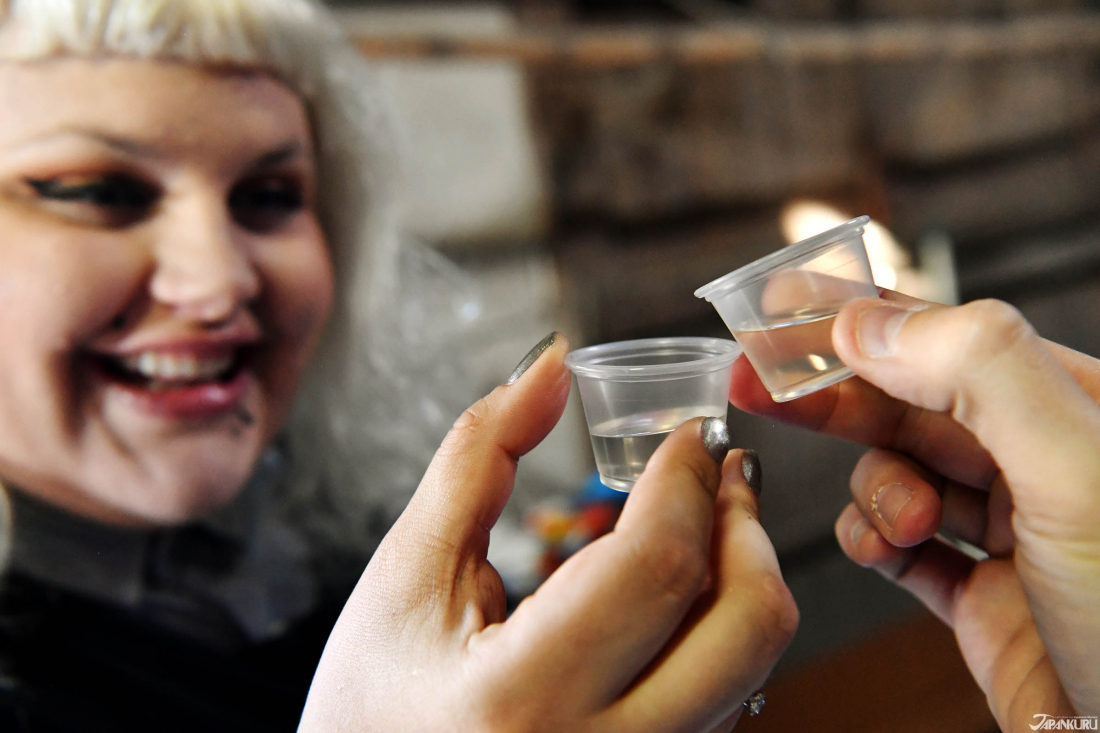

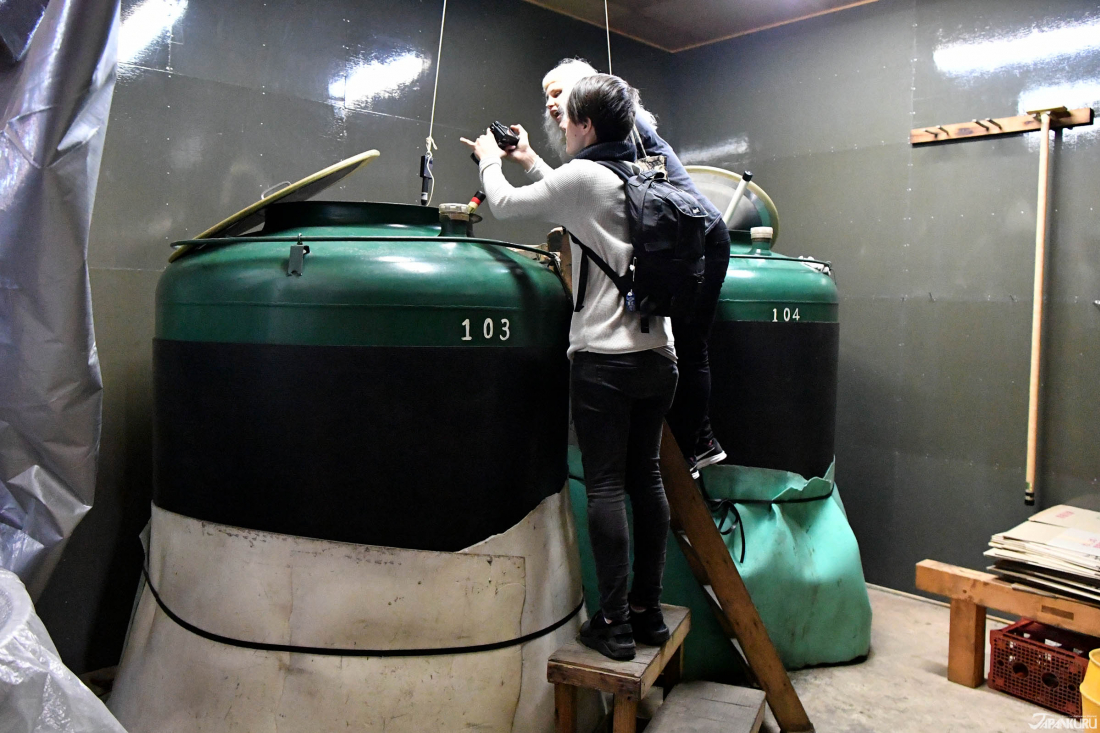




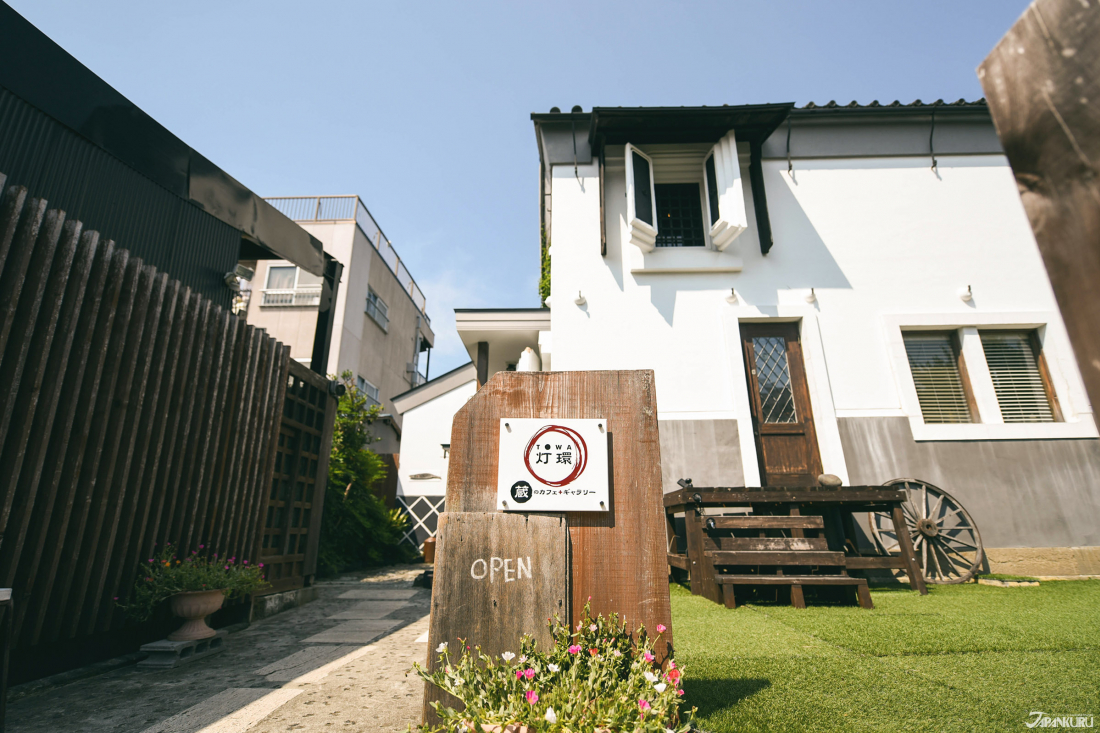

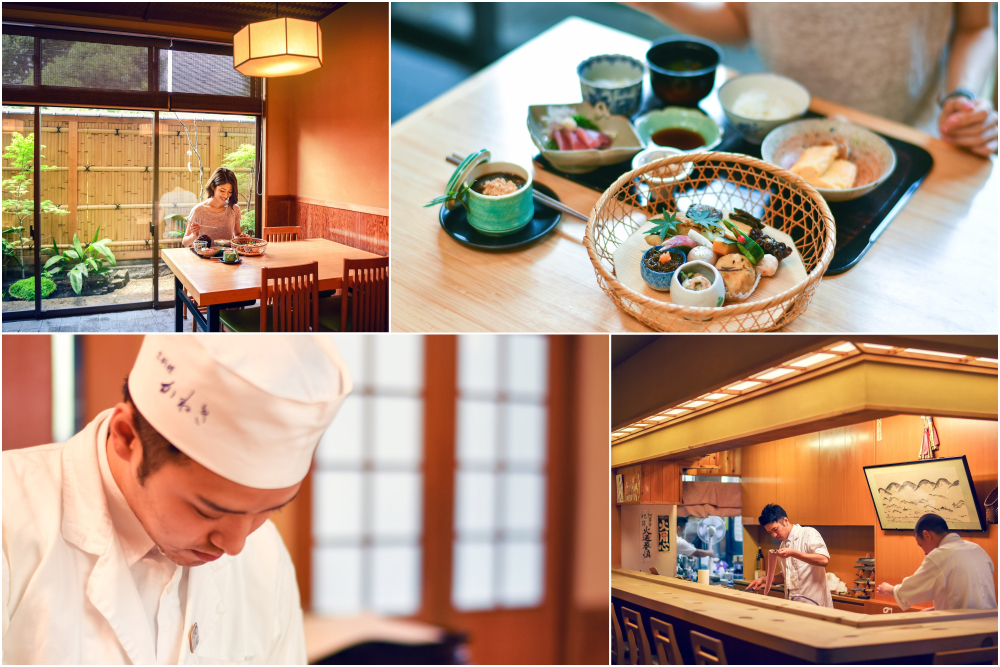






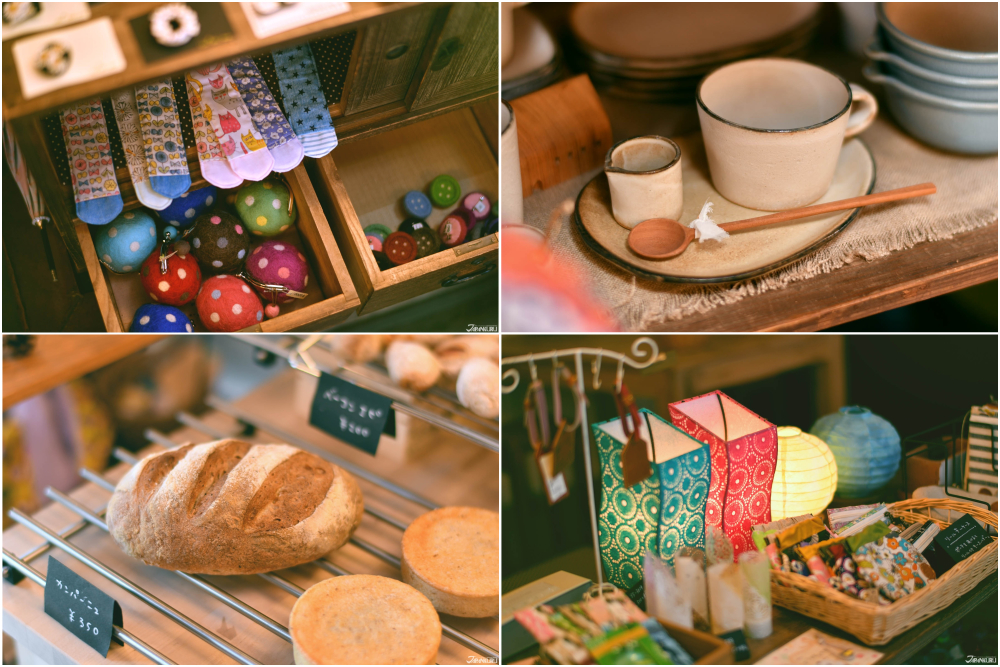

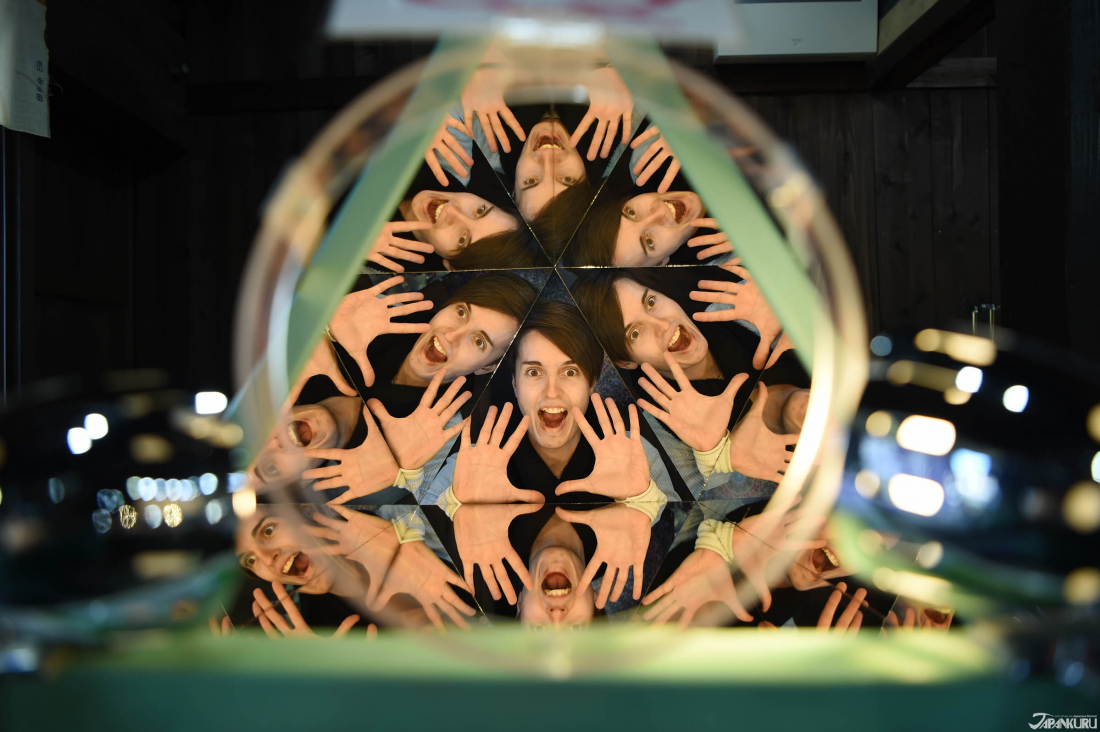
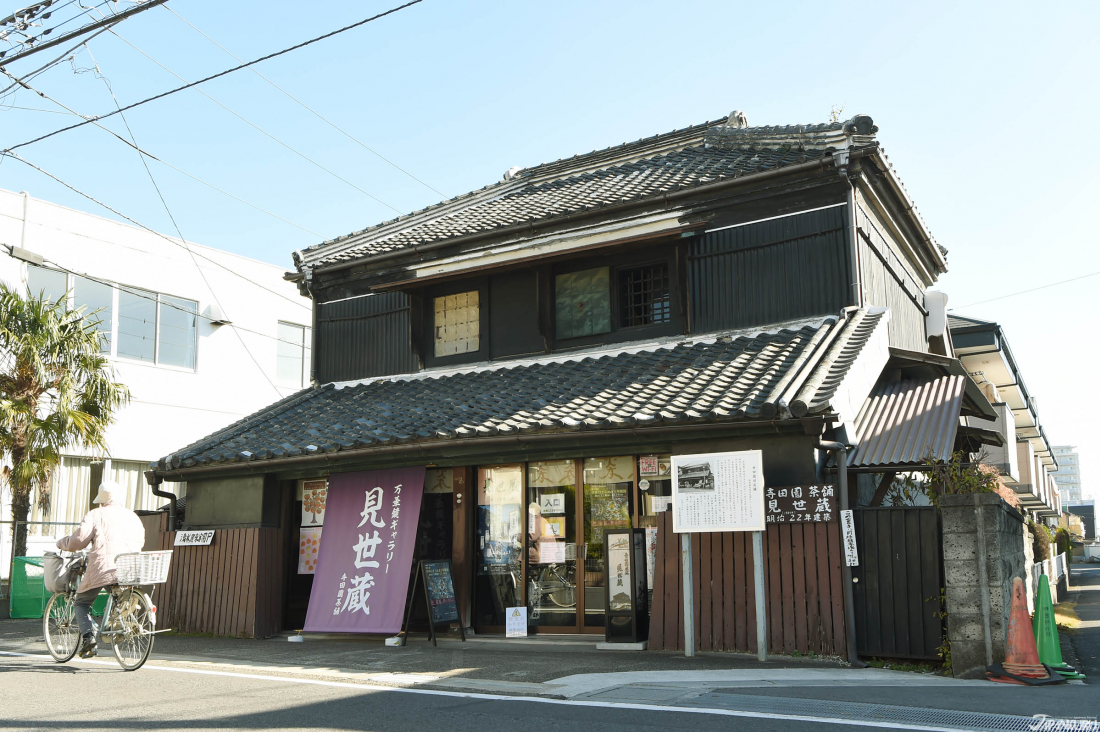

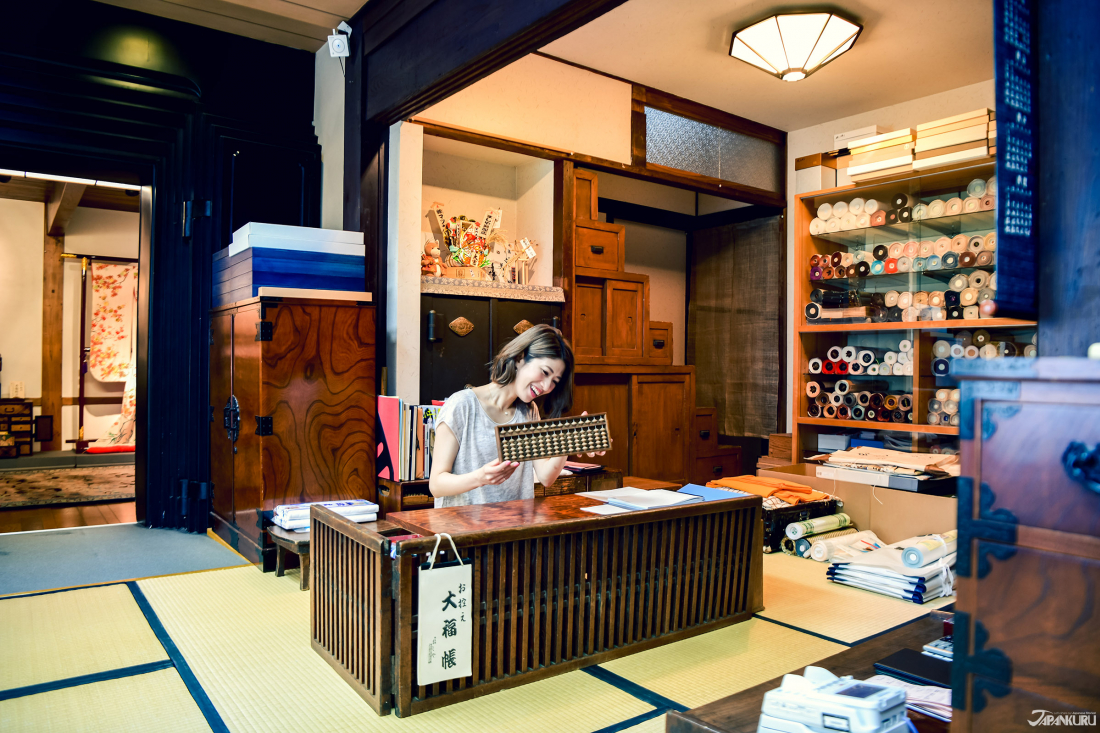
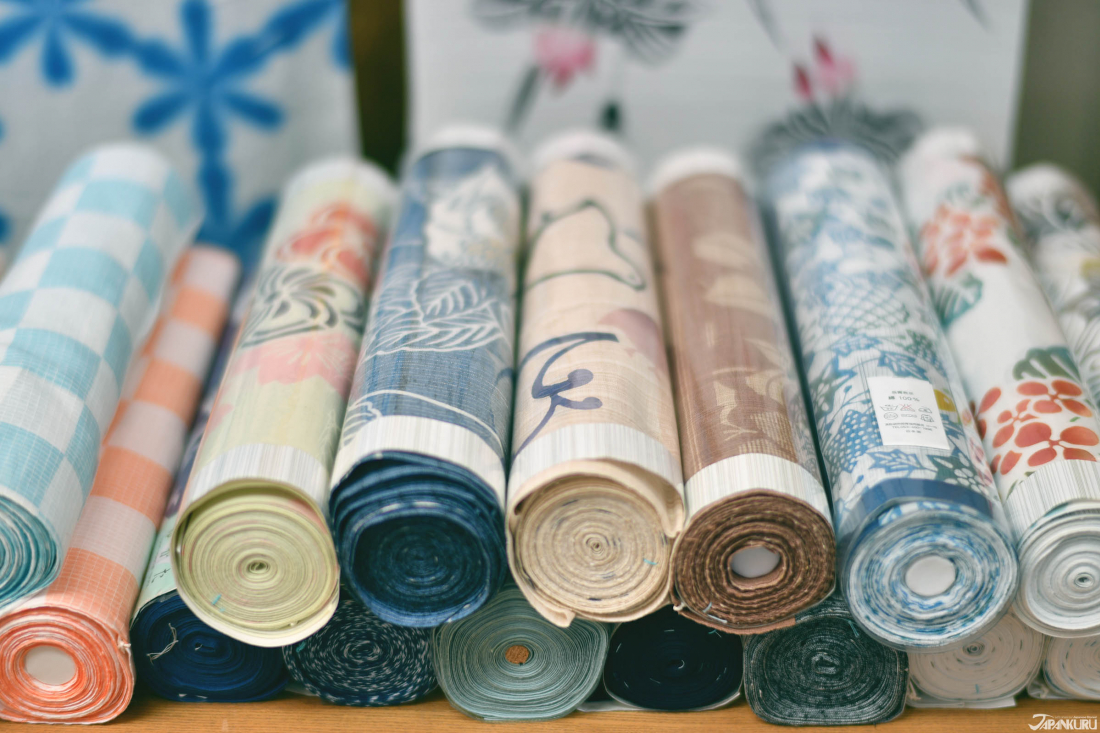


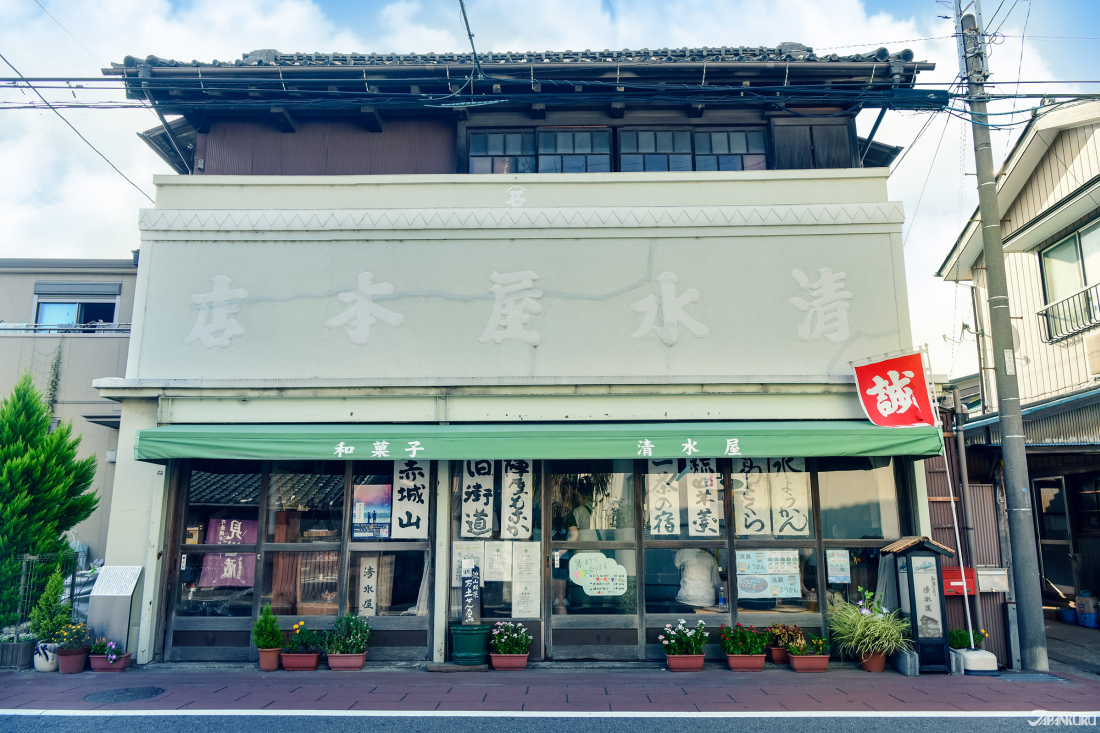
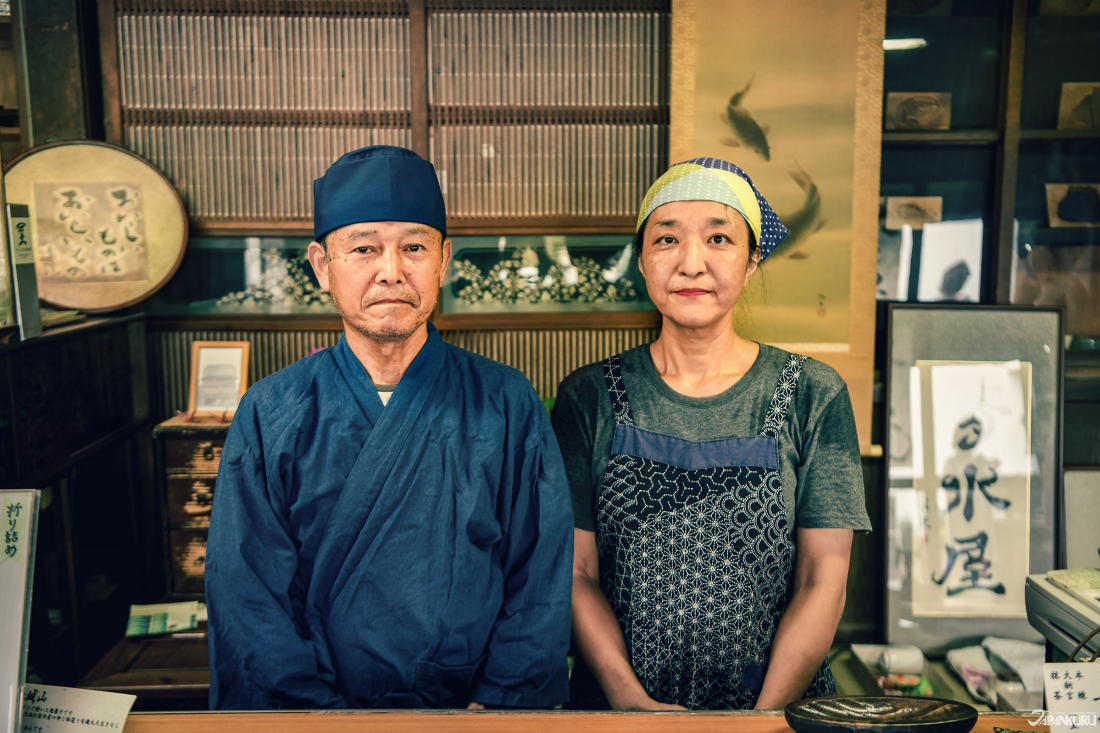
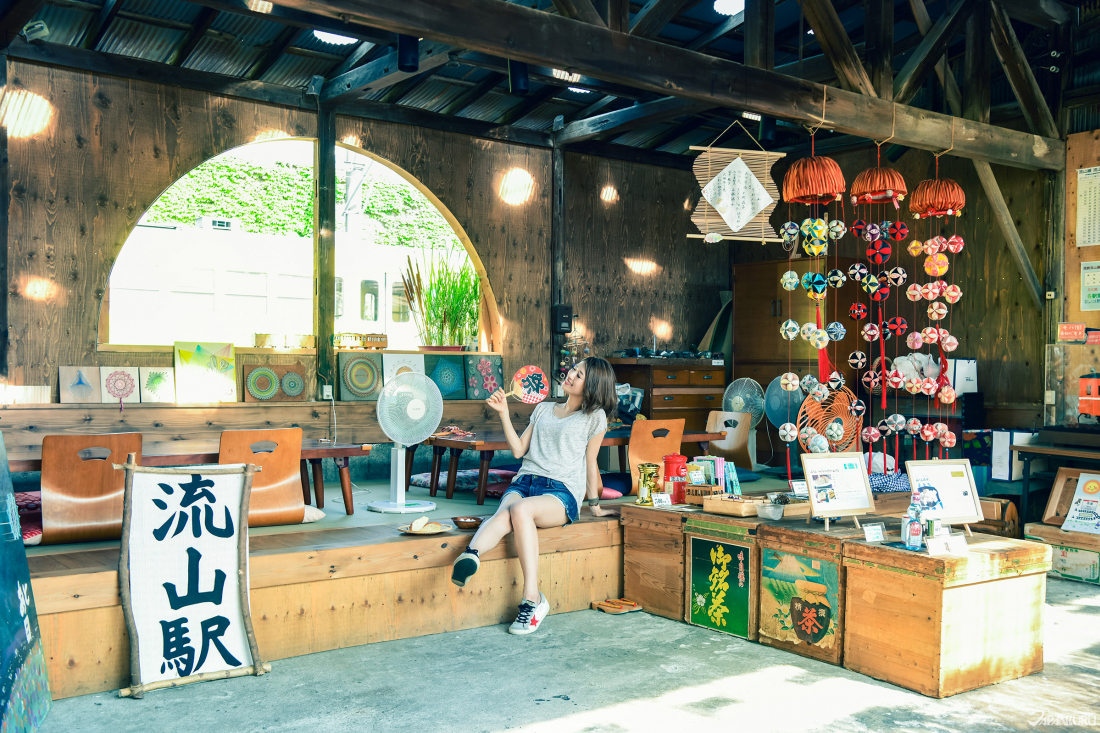


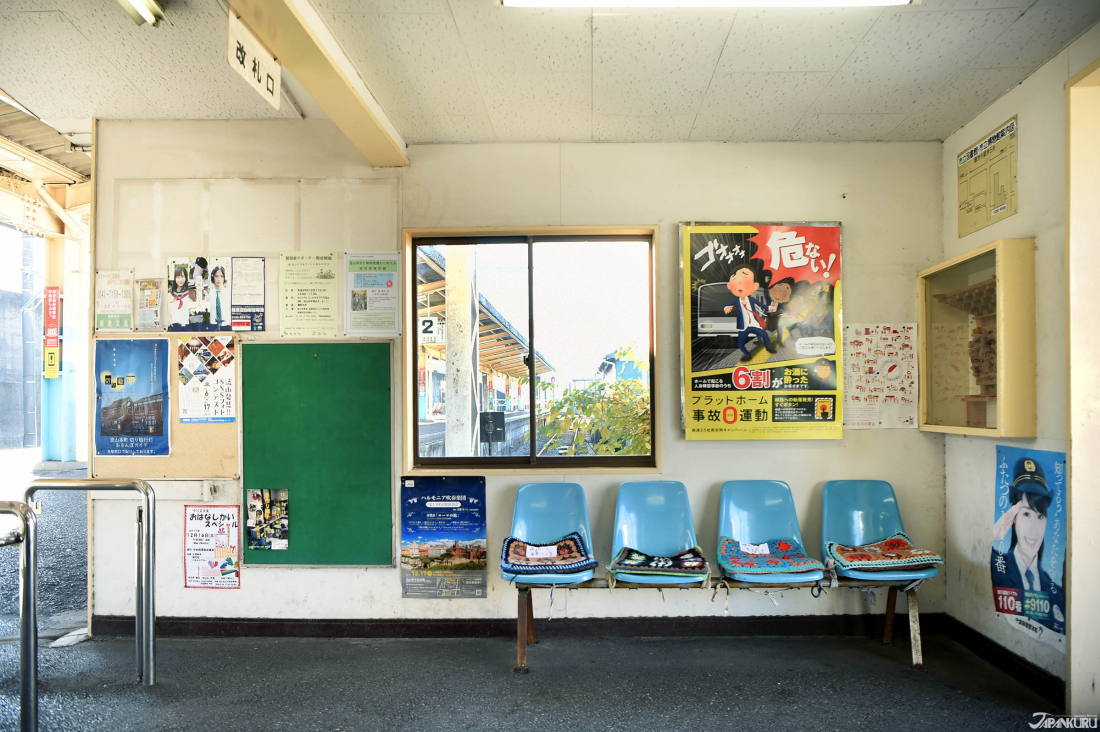
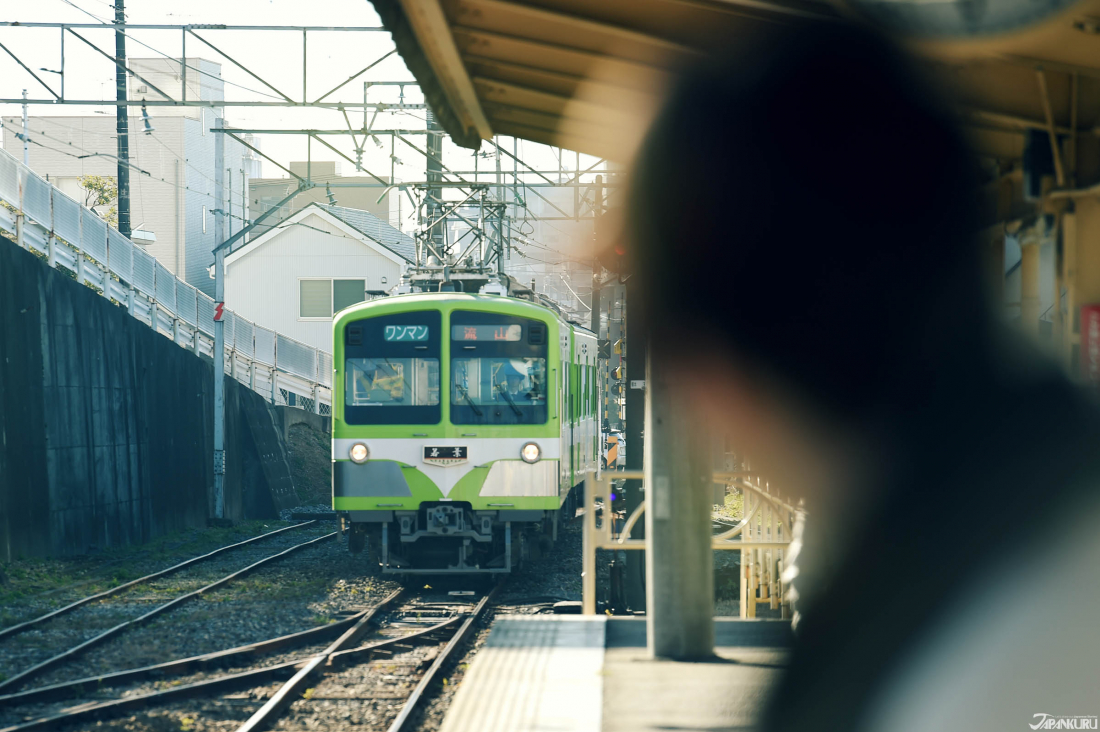


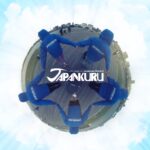



 >> Find out more at Japankuru.com! (link in bio)
#
>> Find out more at Japankuru.com! (link in bio)
#





 The Robot Restaurant is gone, but the Samurai Restaurant is here to take its place. Check it out, and don't forget your coupon!
The Robot Restaurant is gone, but the Samurai Restaurant is here to take its place. Check it out, and don't forget your coupon!
 신주쿠의 명소 로봇 레스토랑이 사무라이 레스토랑으로 부활! 절찬 쿠폰 발급중
신주쿠의 명소 로봇 레스토랑이 사무라이 레스토랑으로 부활! 절찬 쿠폰 발급중
 18歲以上才能入場的歌舞秀,和你想的不一樣!拿好優惠券去看看~
#tokyo #shinjuku #samurairestaurant #robotrestaurant #tokyotrip #도쿄여행 #신주쿠 #사무라이레스토랑 #이색체험 #할인이벤트 #歌舞伎町 #東京景點 #武士餐廳 #日本表演 #日本文化體驗 #japankuru #japantrip #japantravel #japanlovers #japan_of_insta
18歲以上才能入場的歌舞秀,和你想的不一樣!拿好優惠券去看看~
#tokyo #shinjuku #samurairestaurant #robotrestaurant #tokyotrip #도쿄여행 #신주쿠 #사무라이레스토랑 #이색체험 #할인이벤트 #歌舞伎町 #東京景點 #武士餐廳 #日本表演 #日本文化體驗 #japankuru #japantrip #japantravel #japanlovers #japan_of_insta
 코지마 x 빅 카메라 쿠폰으로 일본 가전 제품 쇼핑하기
#pr #japankuru #japanshopping #kojima #biccamera #japaneseskincare #yaman #dji #osmopocket3 #skincaredevice #日本購物 #美容儀 #相機 #雅萌 #日本家電 #일본여행 #면세 #여행꿀팁 #일본쇼핑리스트 #쿠폰 #일본쇼핑 #일본브랜드 #할인 #코지마 #빅카메라 #japankurucoupon
코지마 x 빅 카메라 쿠폰으로 일본 가전 제품 쇼핑하기
#pr #japankuru #japanshopping #kojima #biccamera #japaneseskincare #yaman #dji #osmopocket3 #skincaredevice #日本購物 #美容儀 #相機 #雅萌 #日本家電 #일본여행 #면세 #여행꿀팁 #일본쇼핑리스트 #쿠폰 #일본쇼핑 #일본브랜드 #할인 #코지마 #빅카메라 #japankurucoupon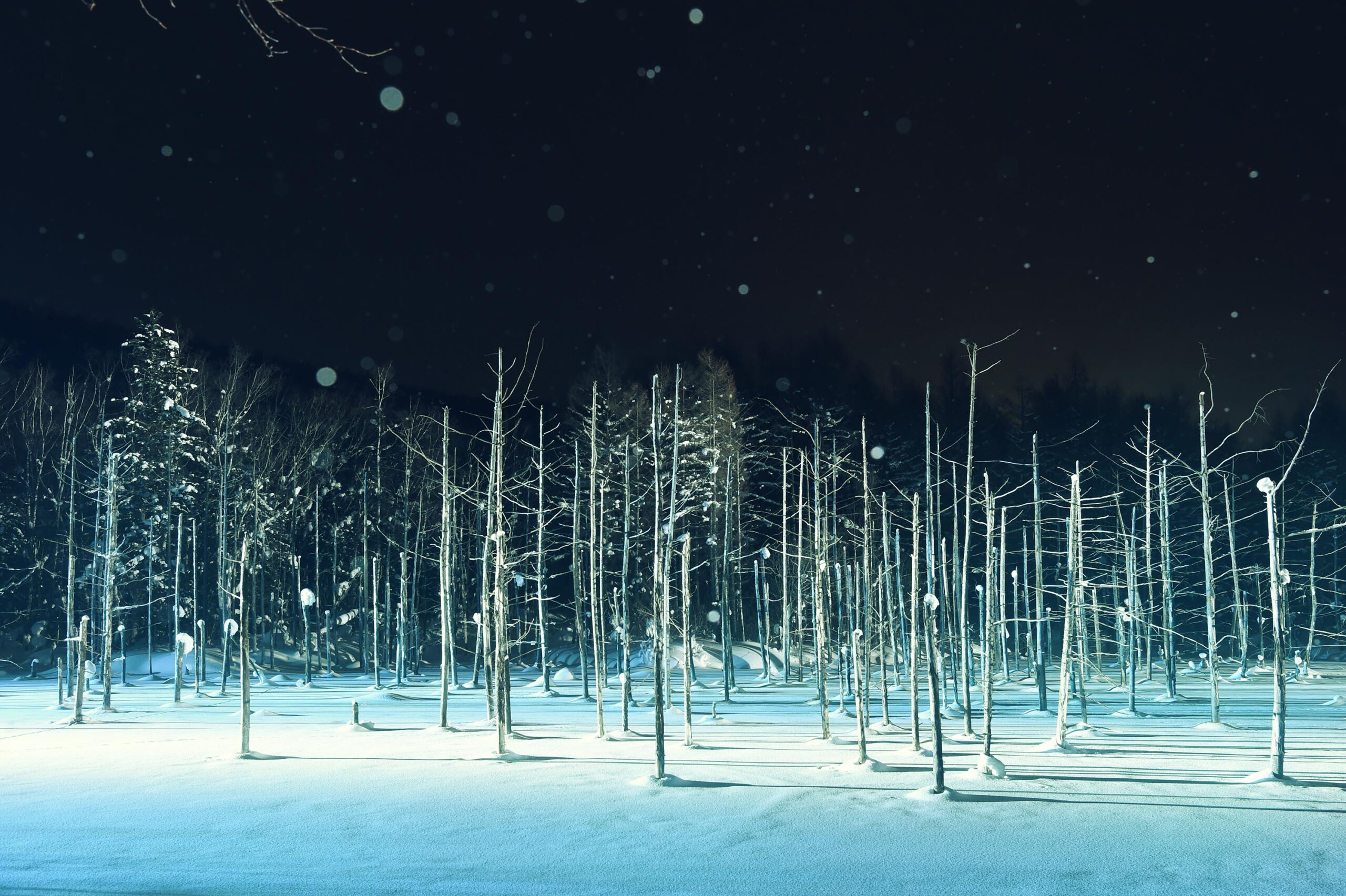
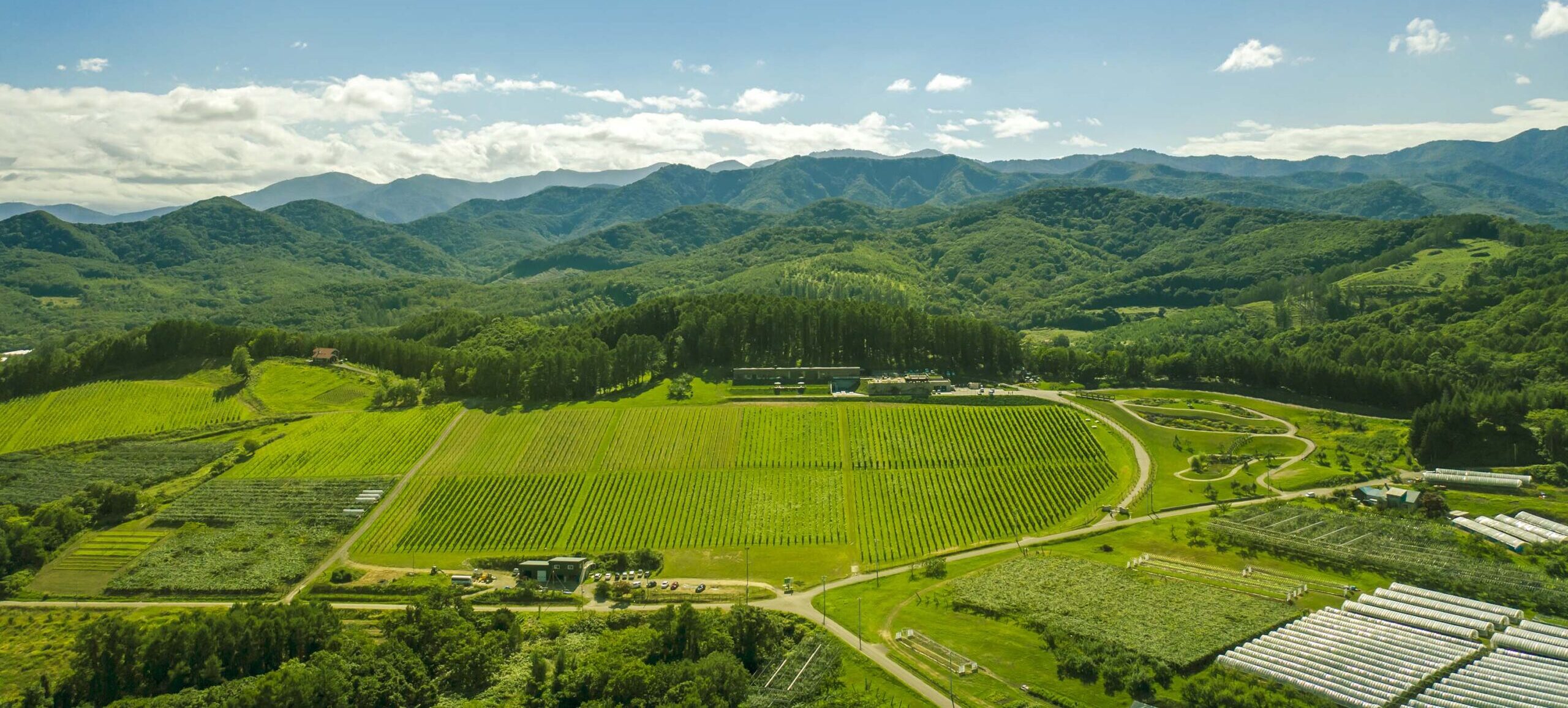
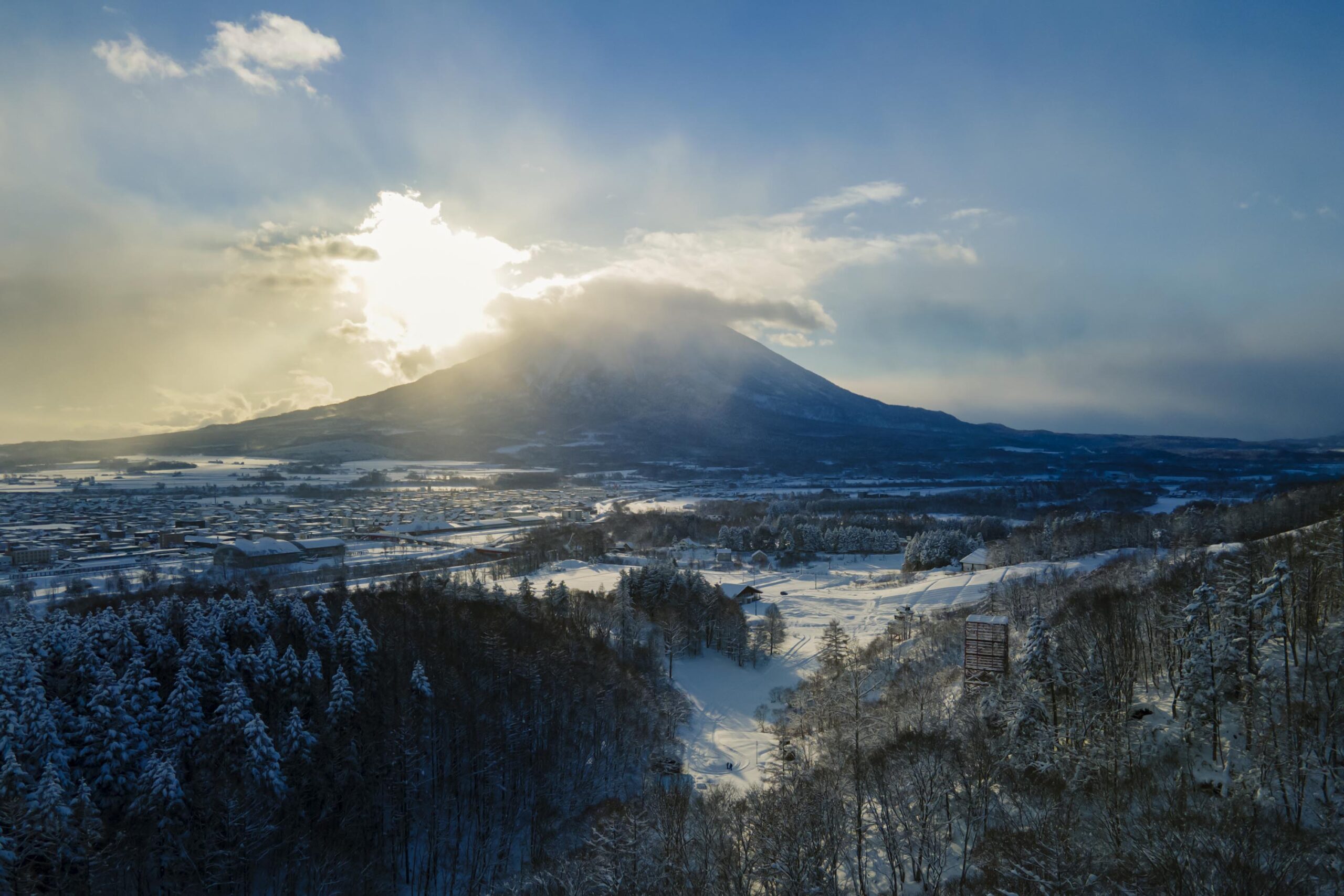
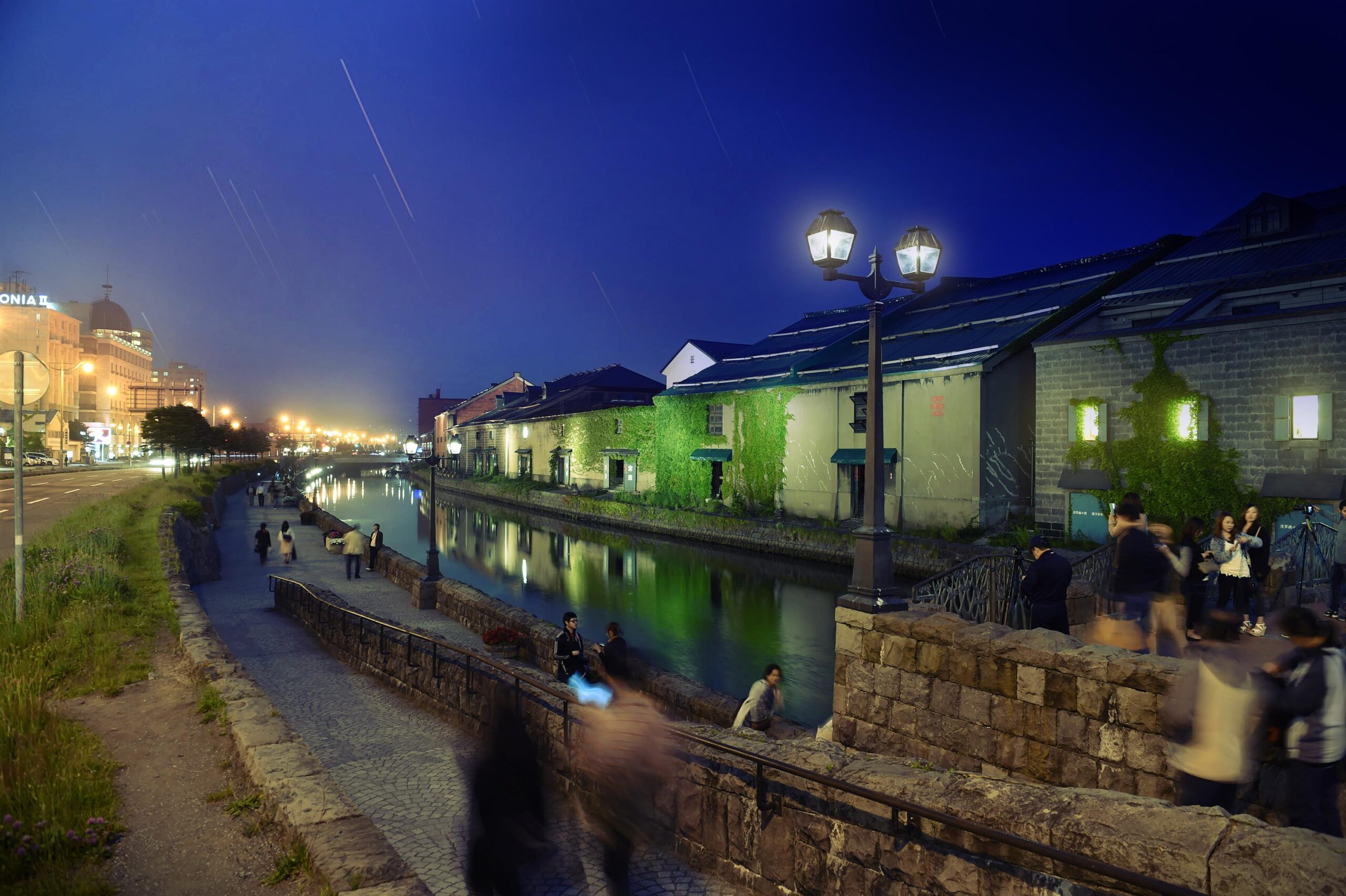
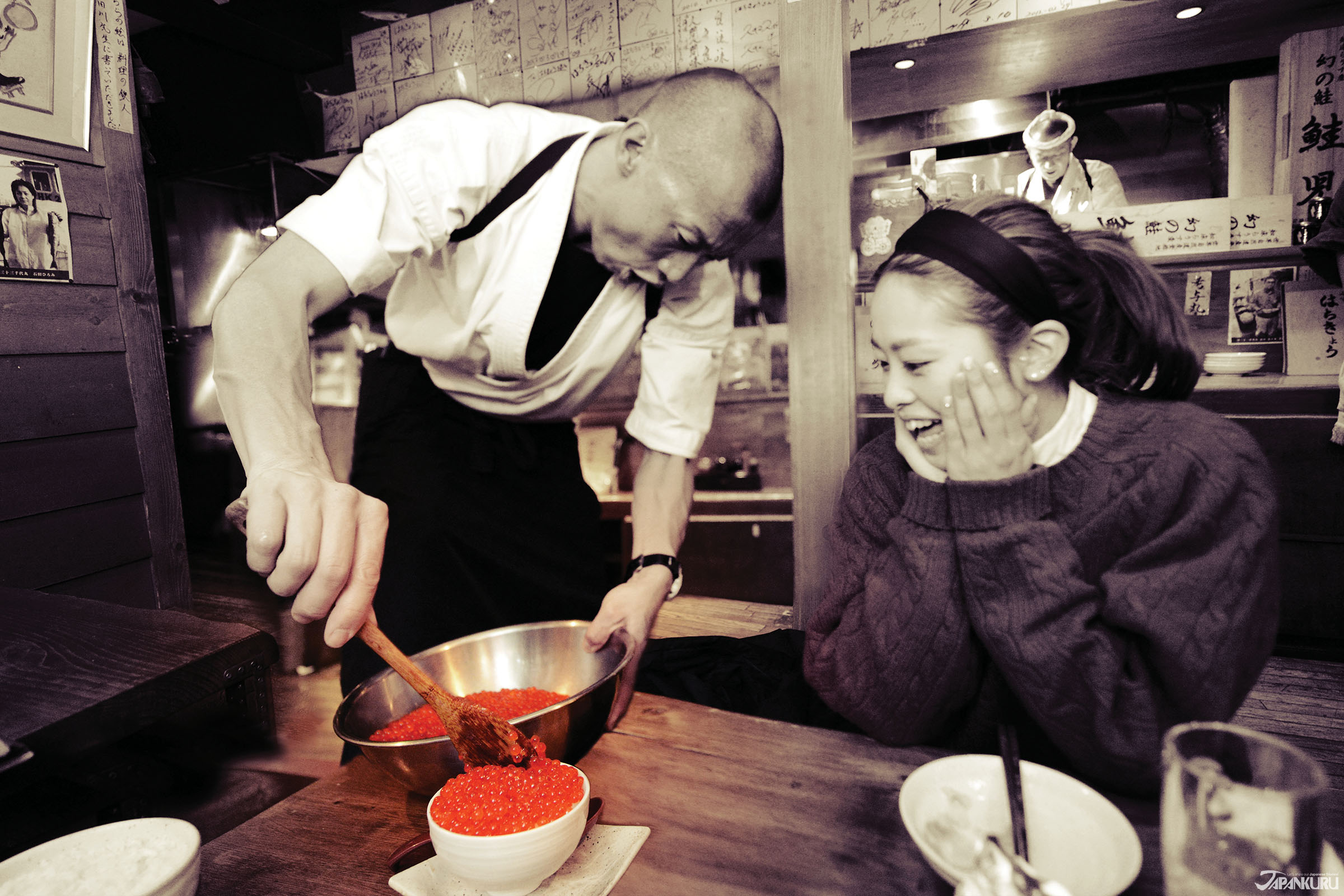
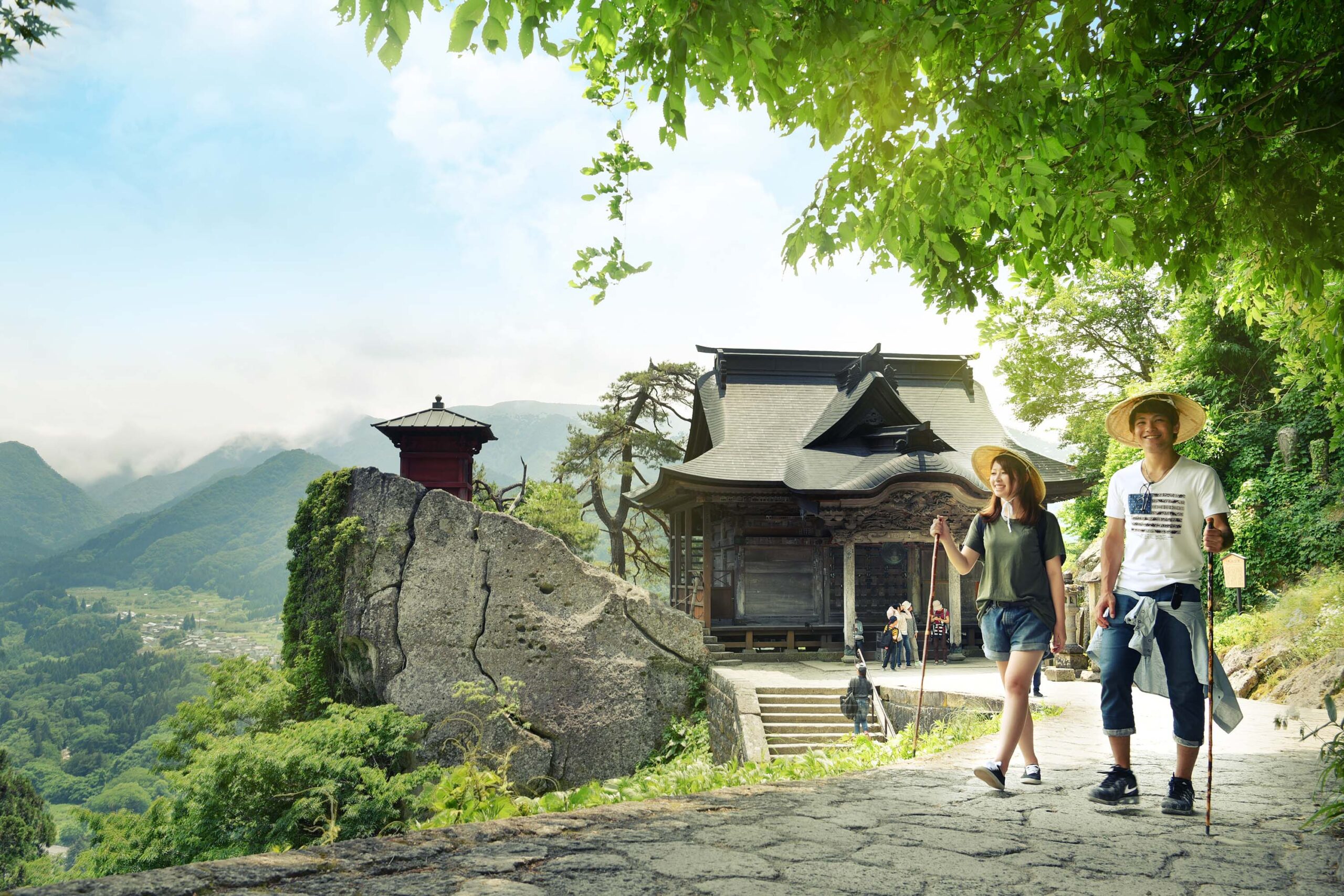


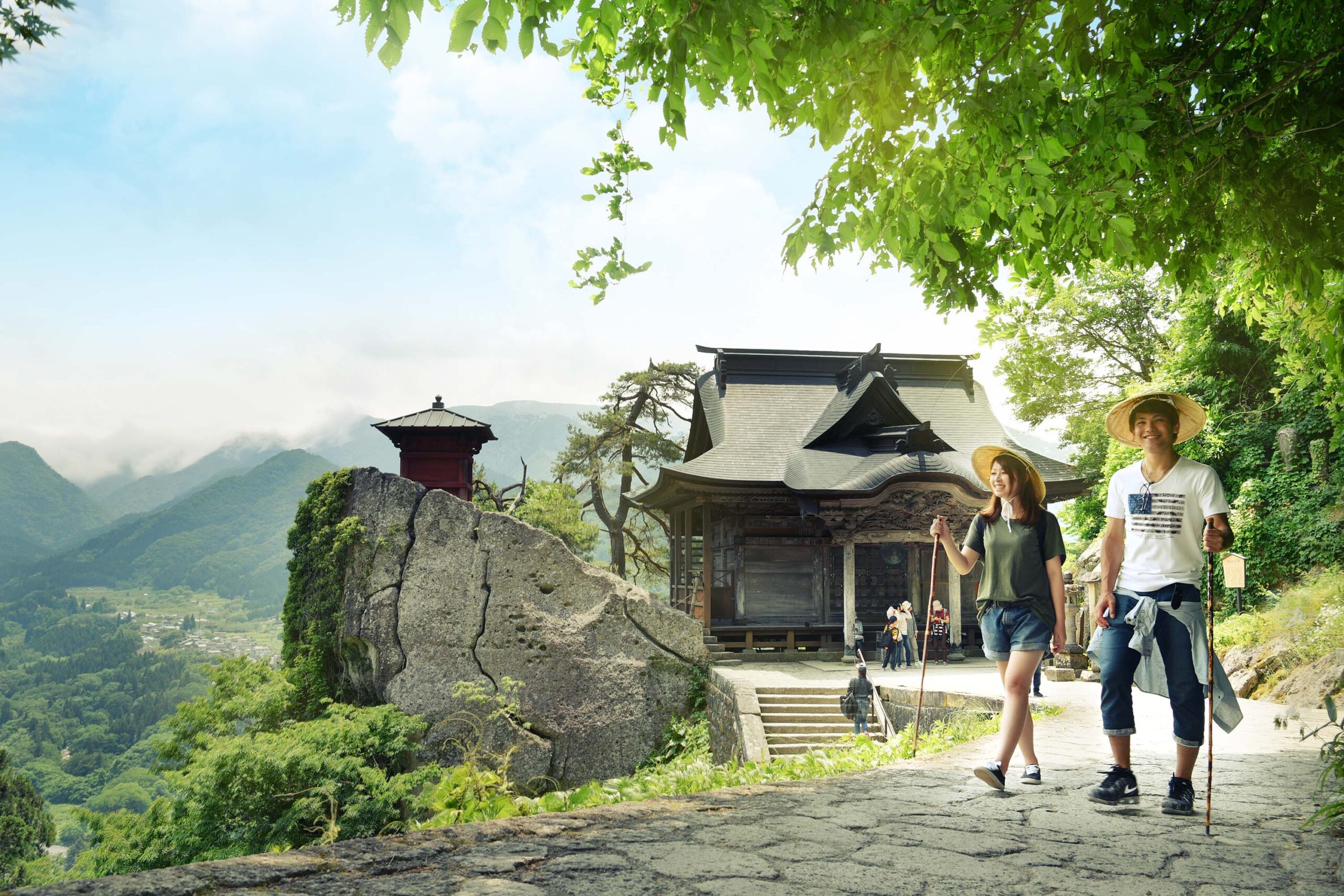
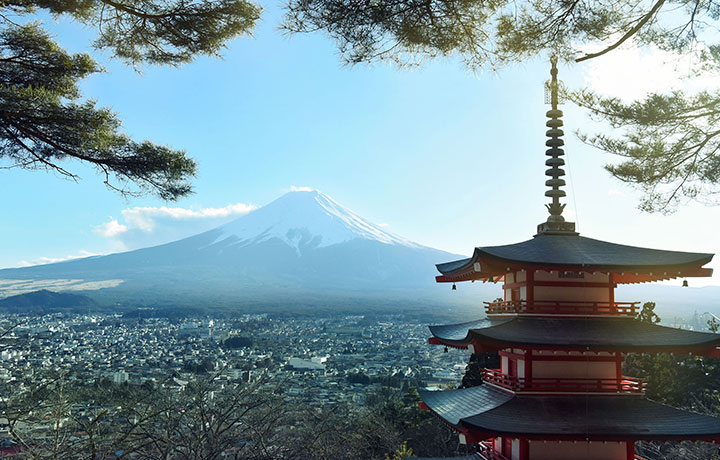
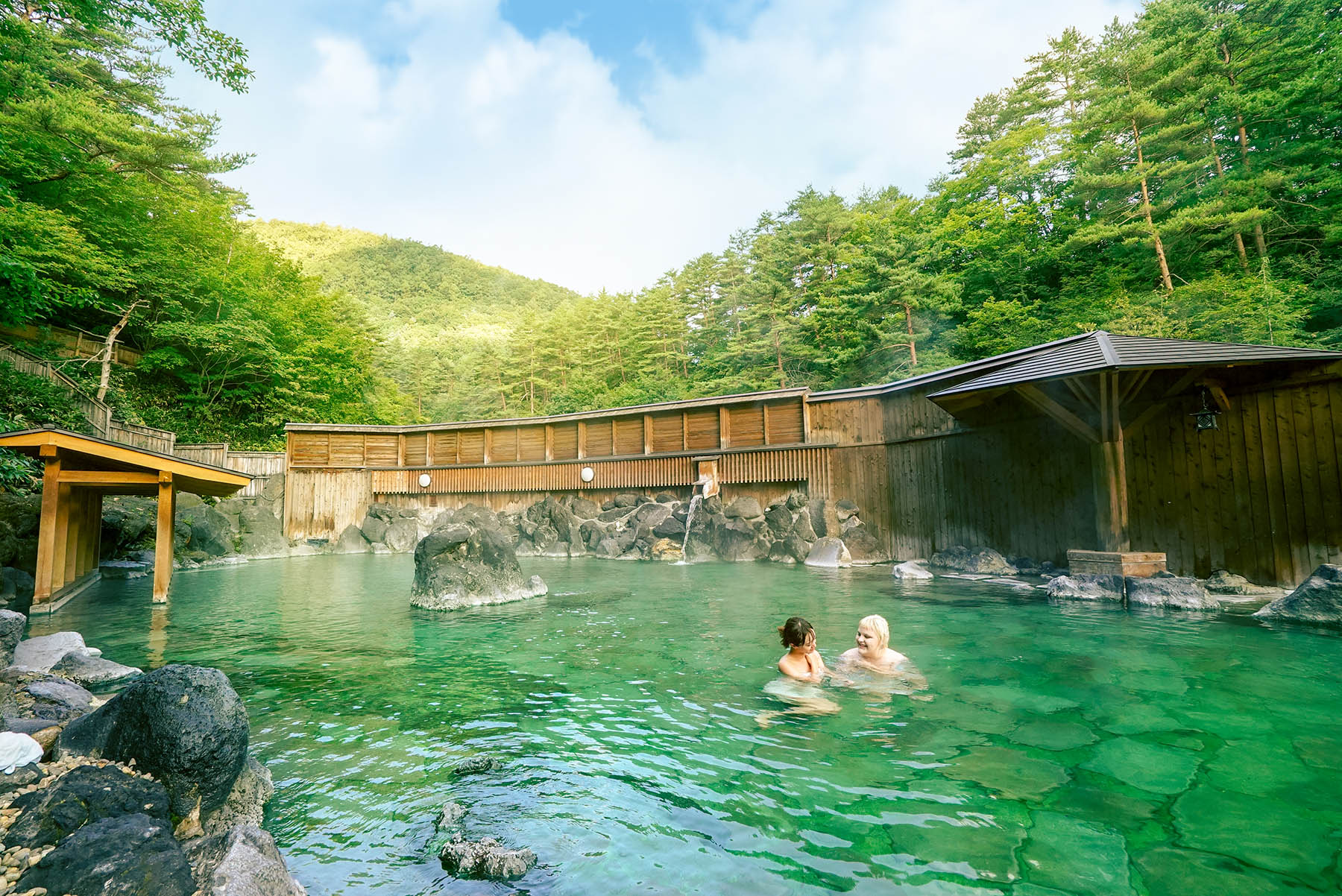
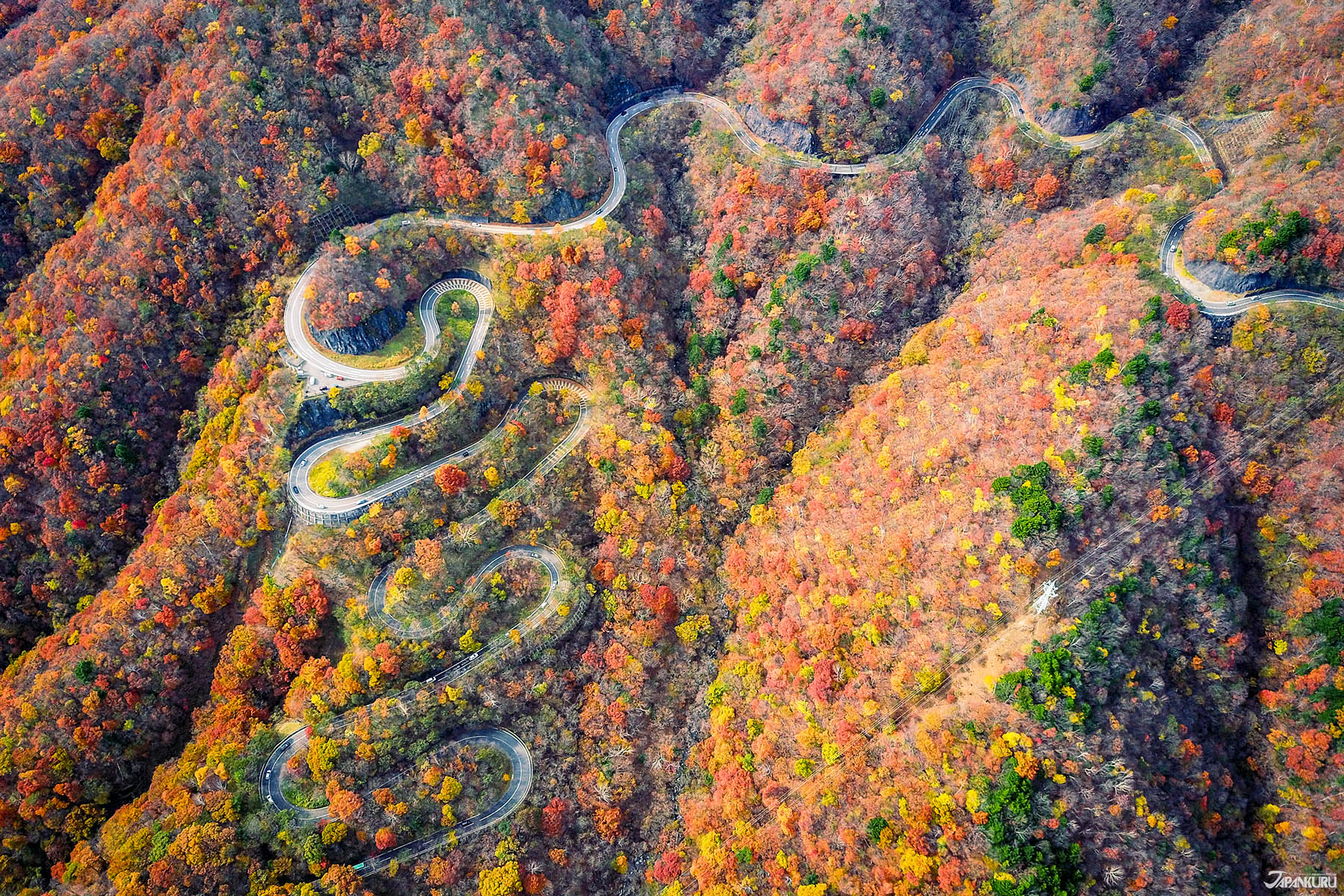
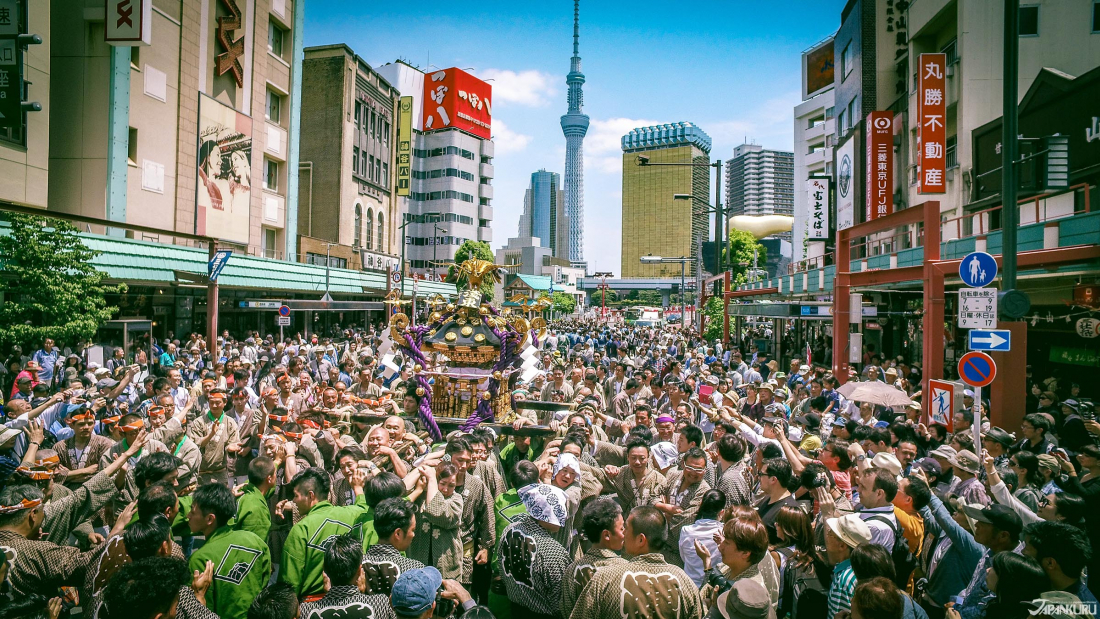
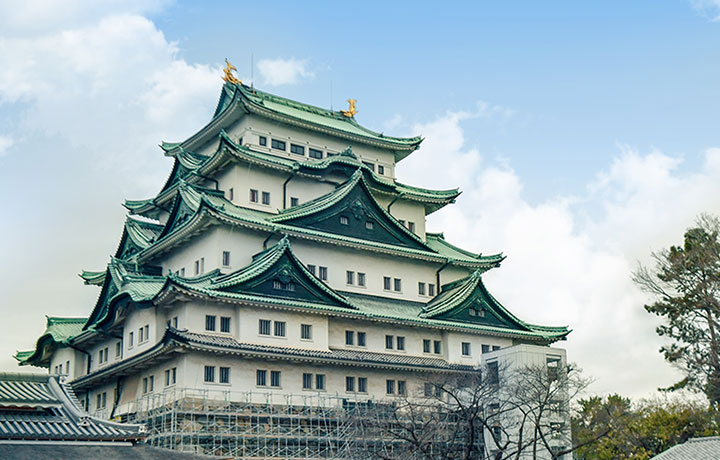
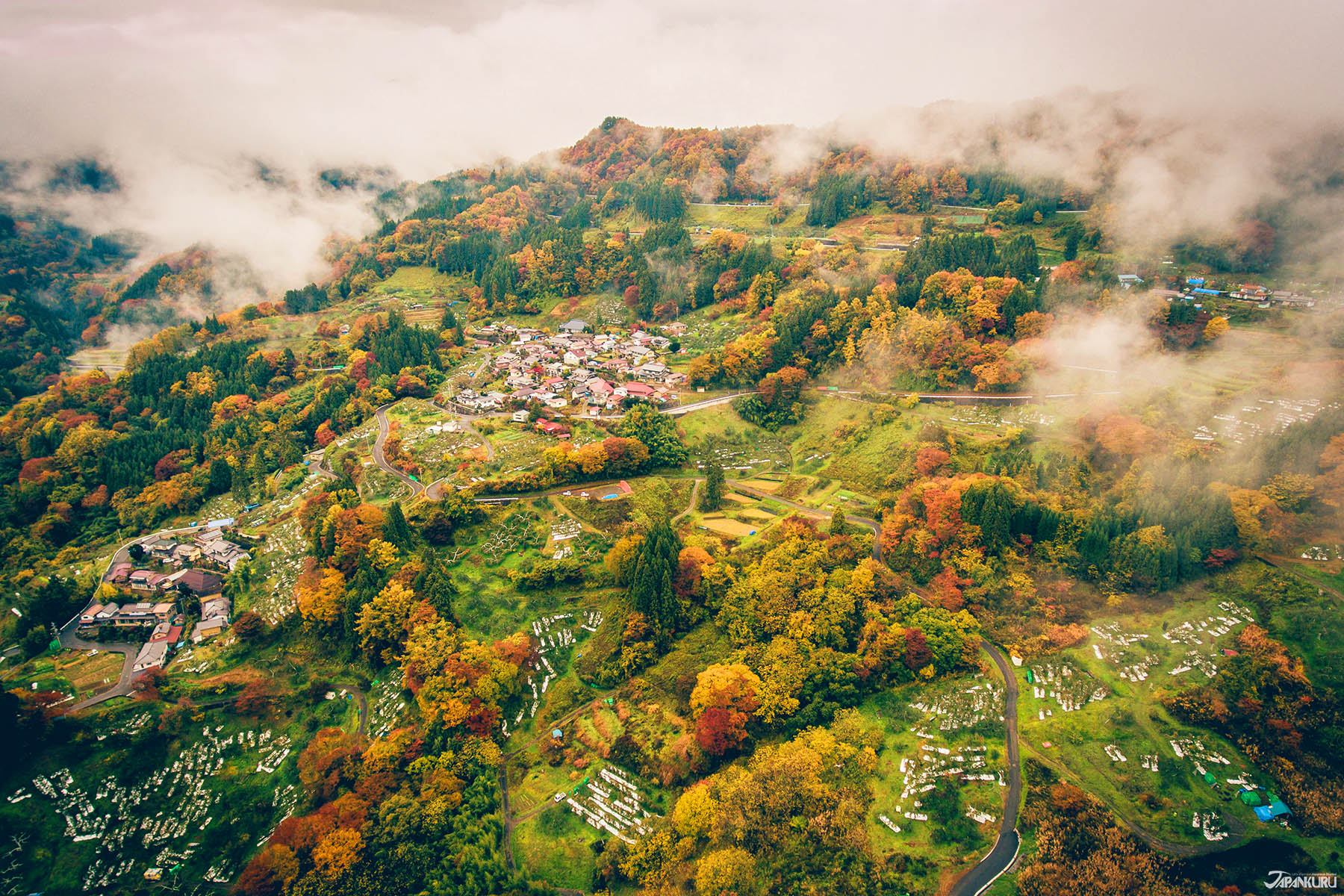
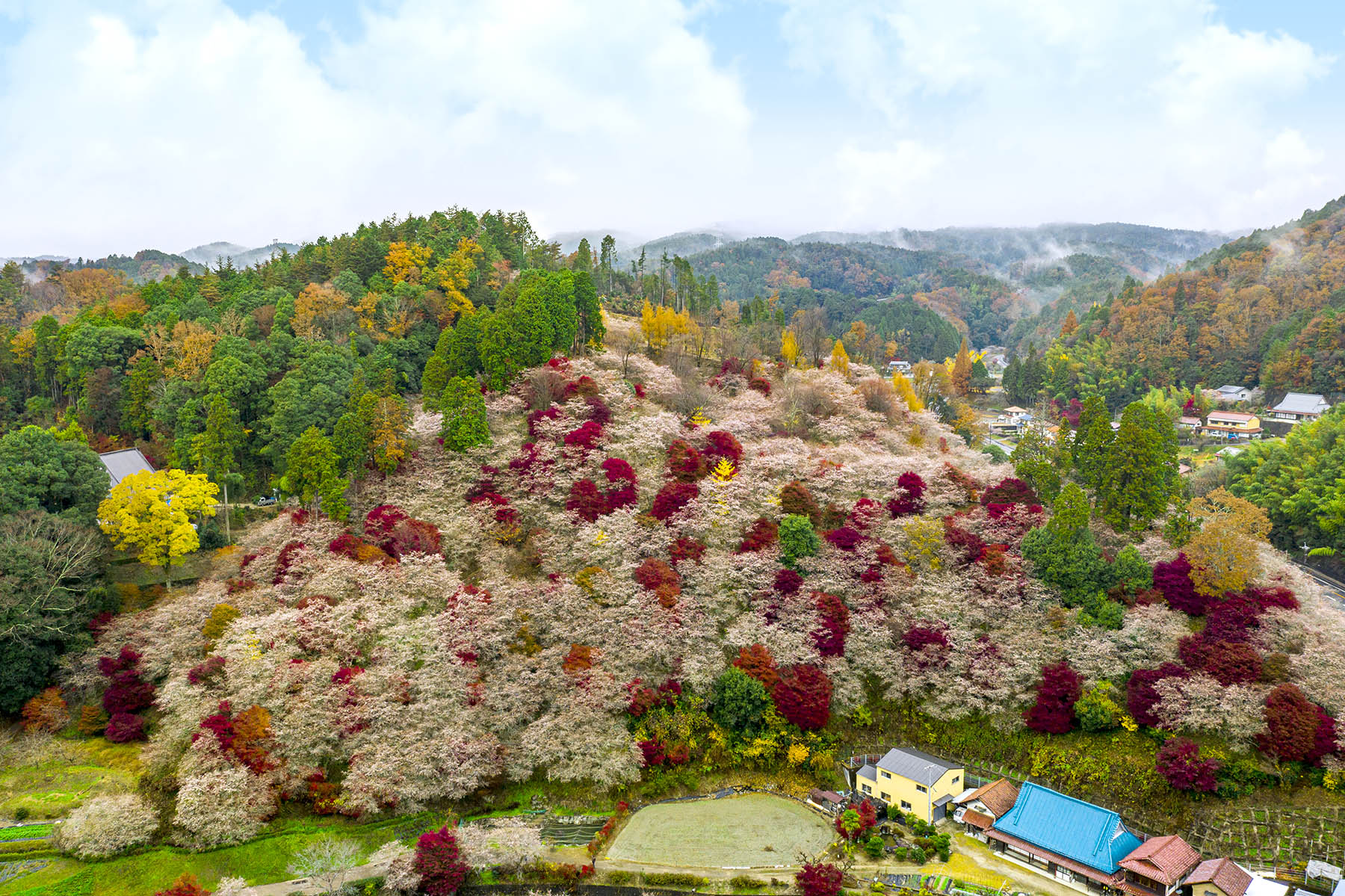
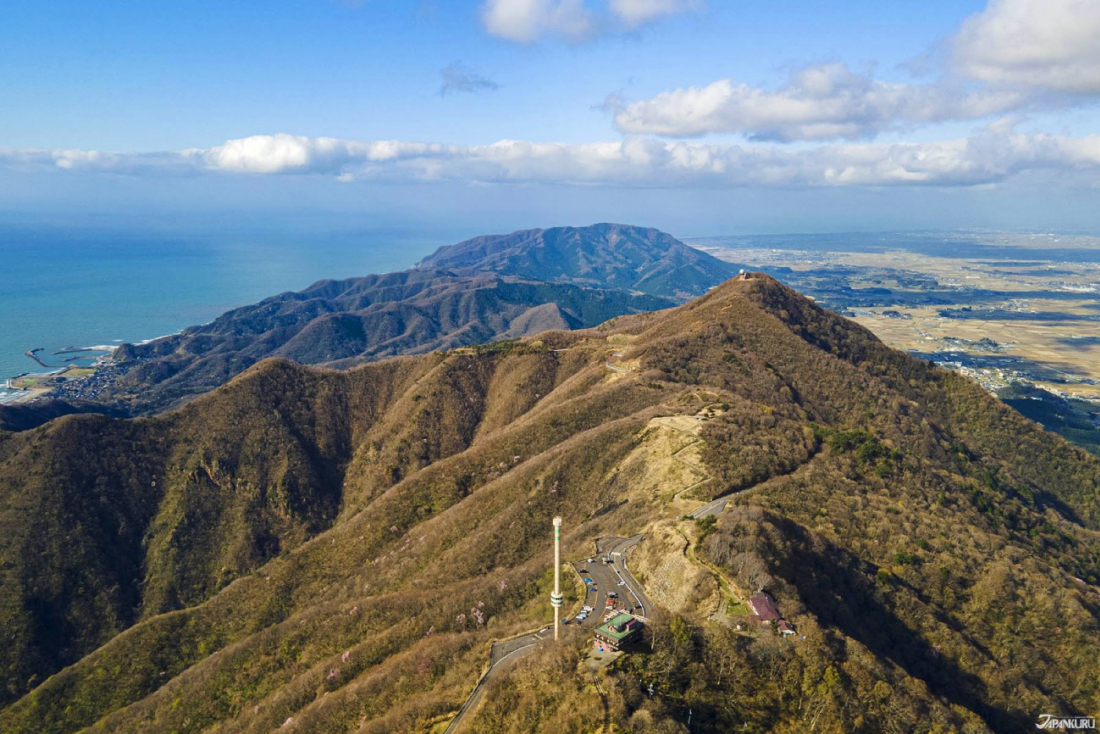
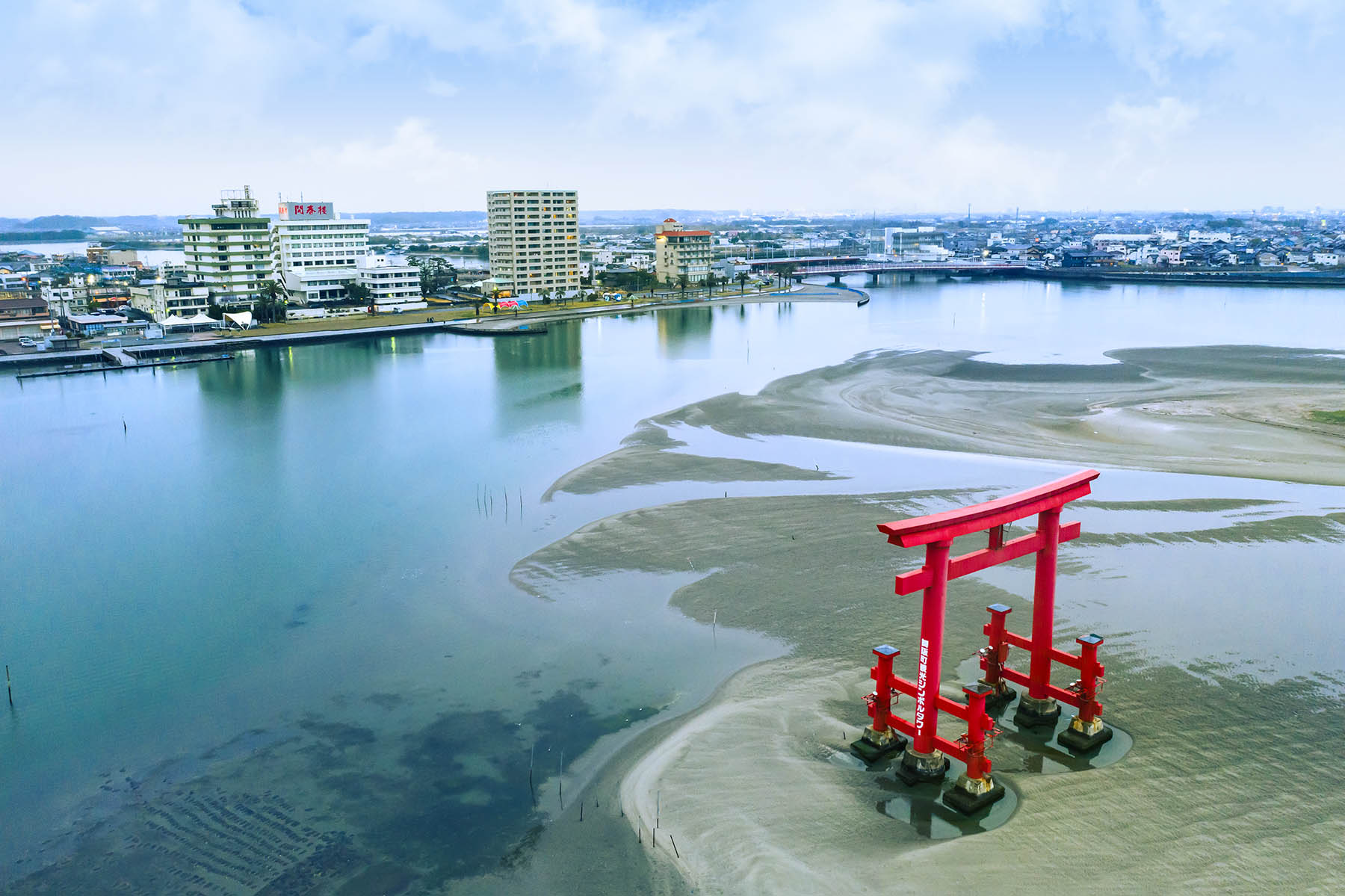
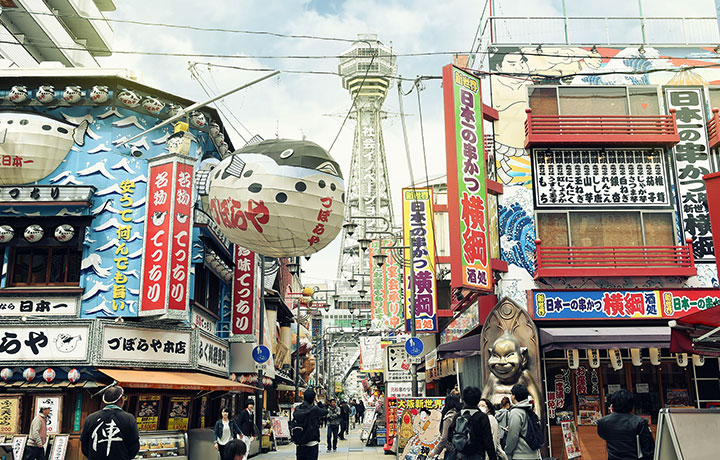

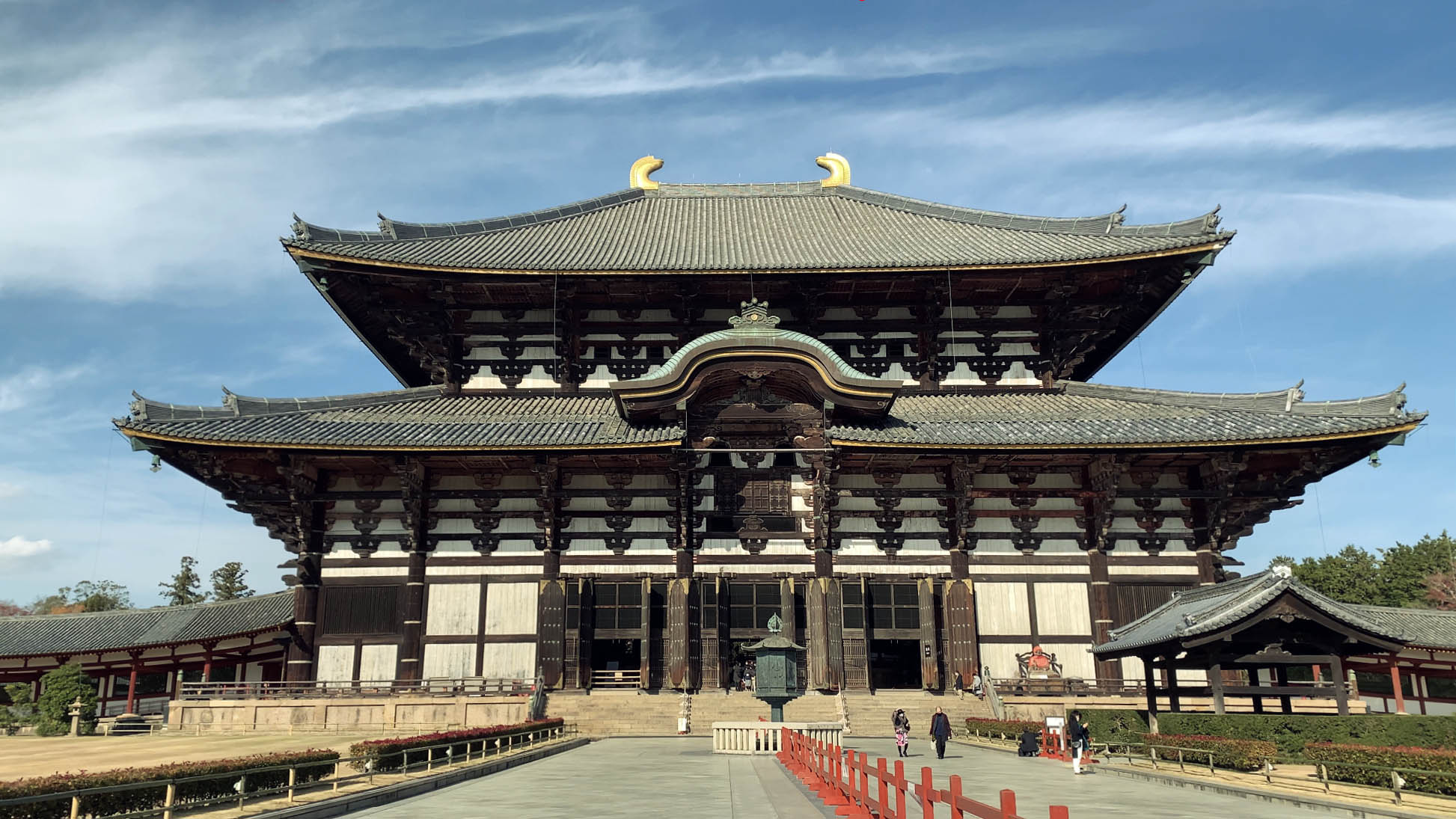
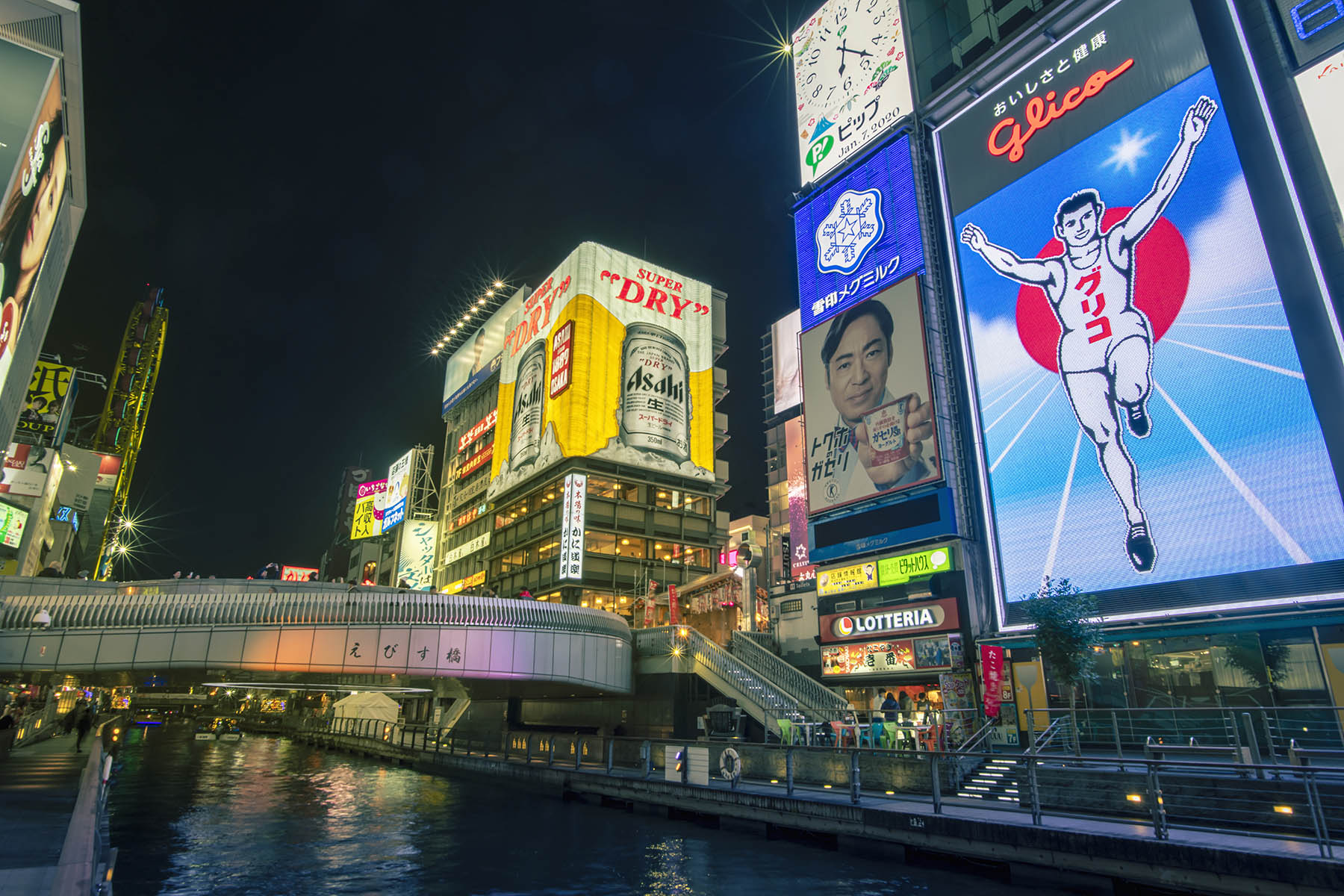

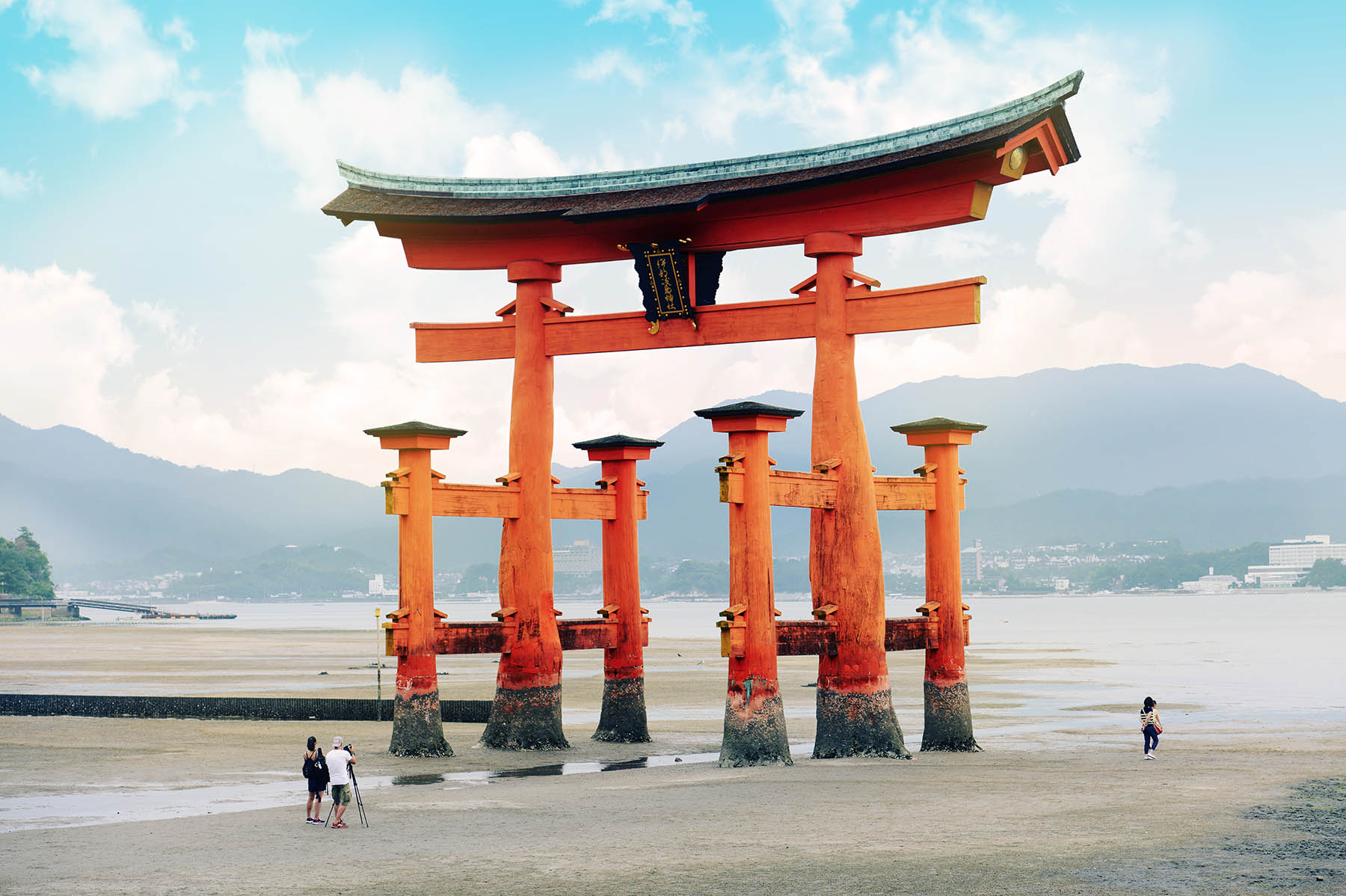
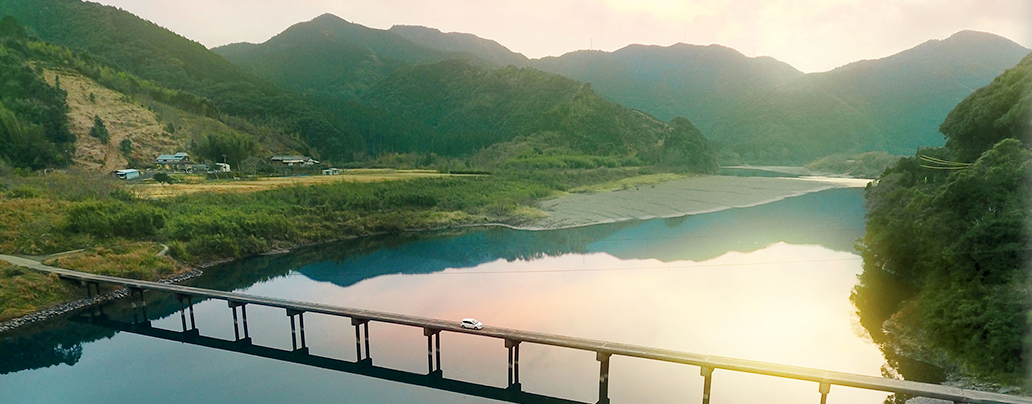
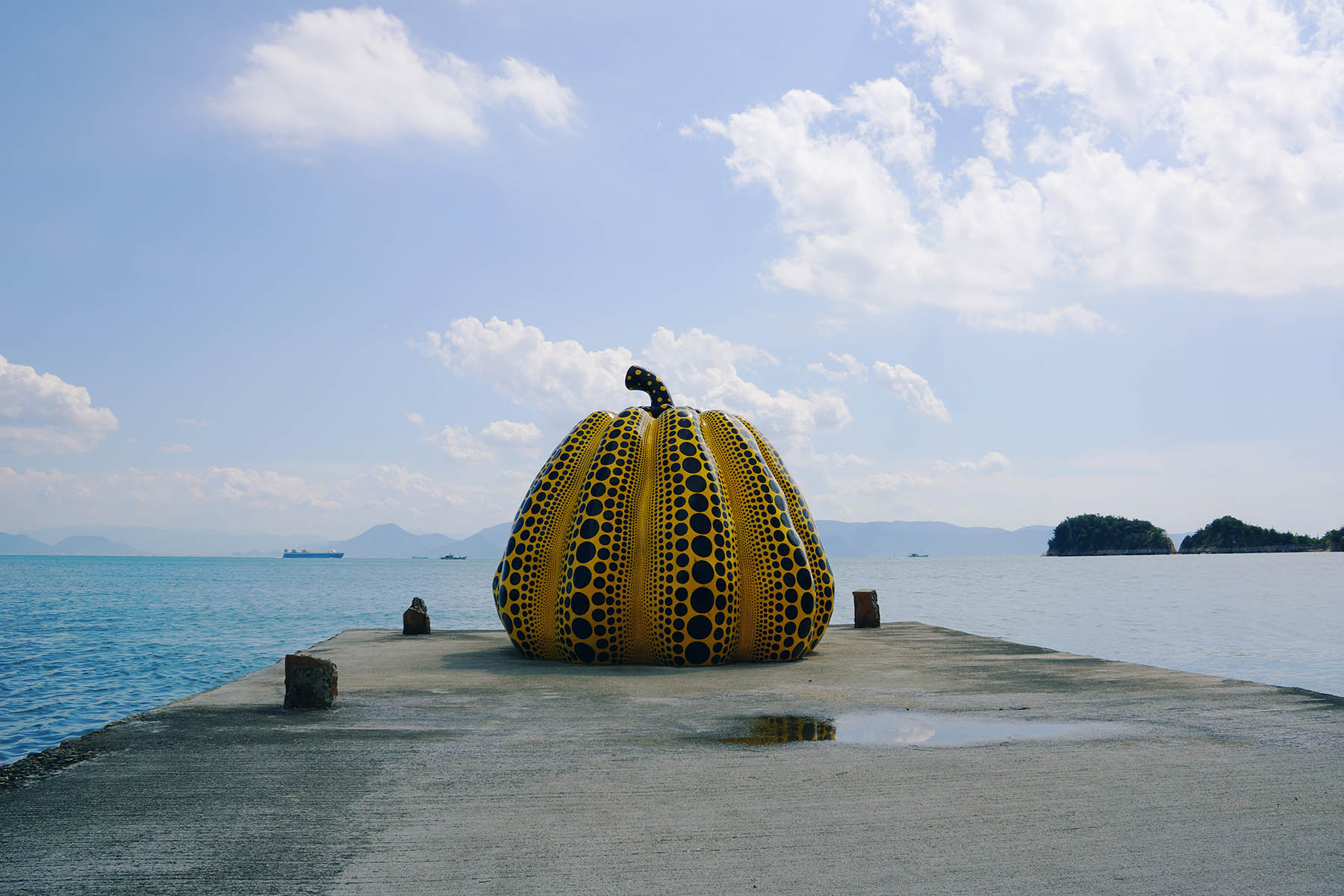

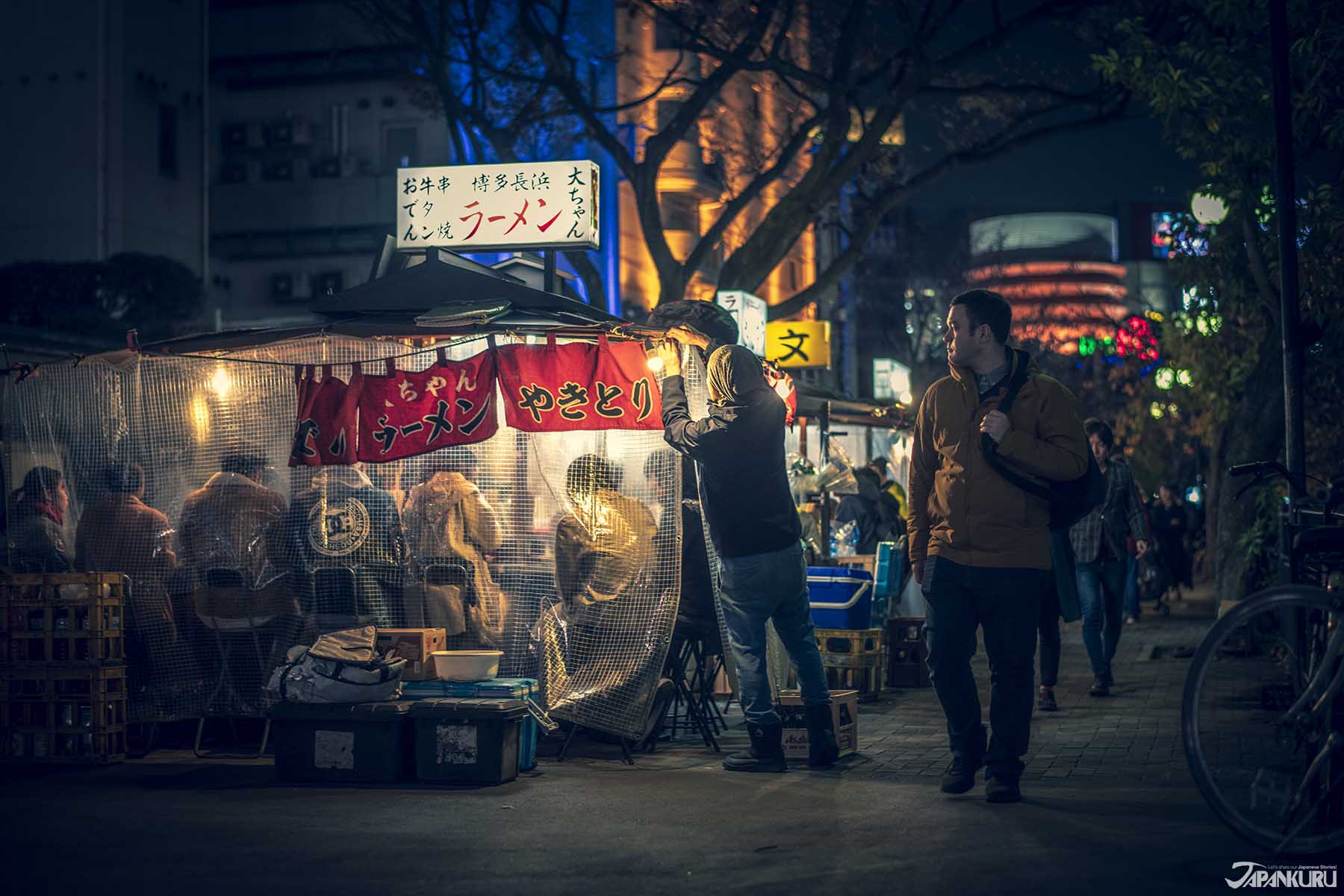
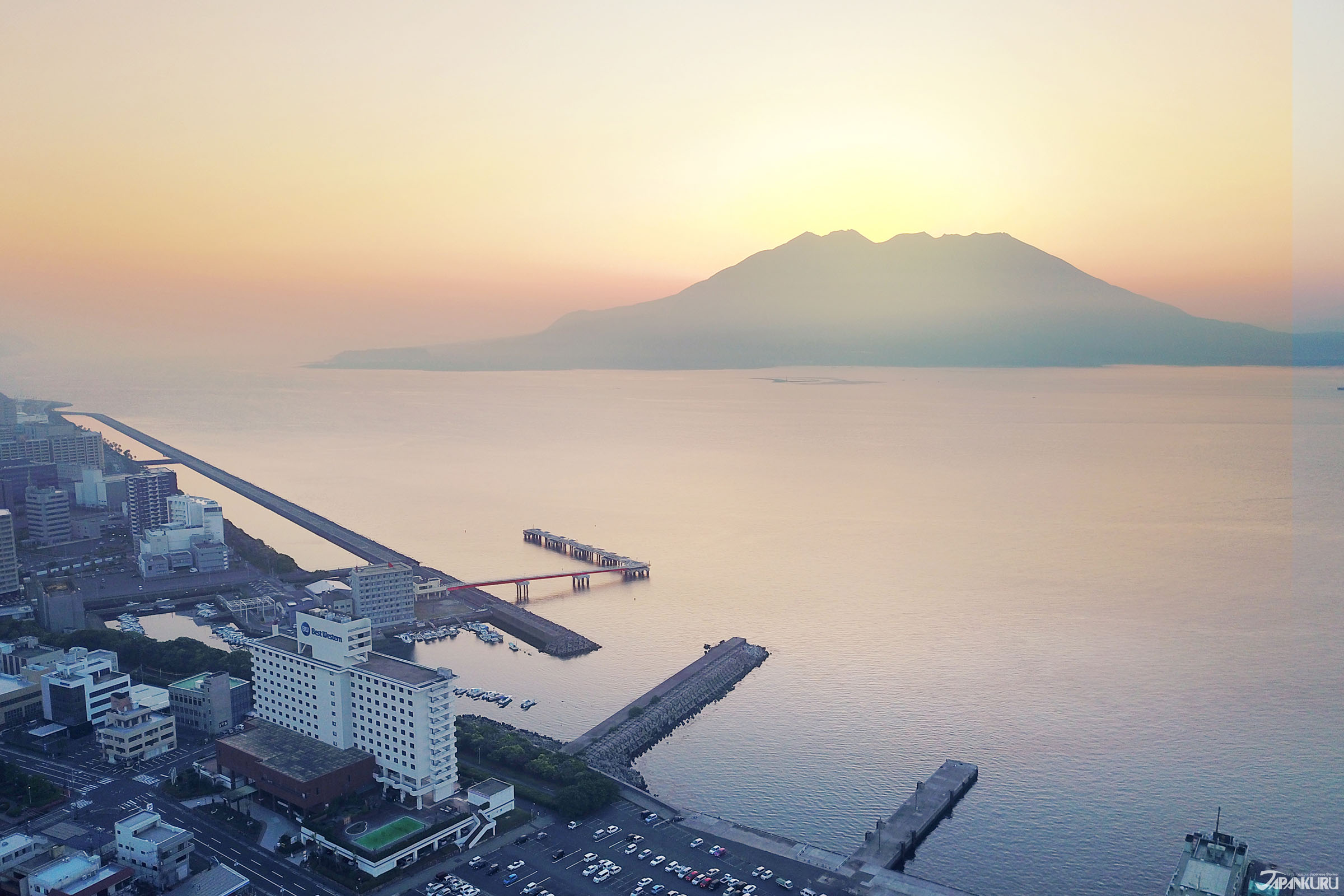
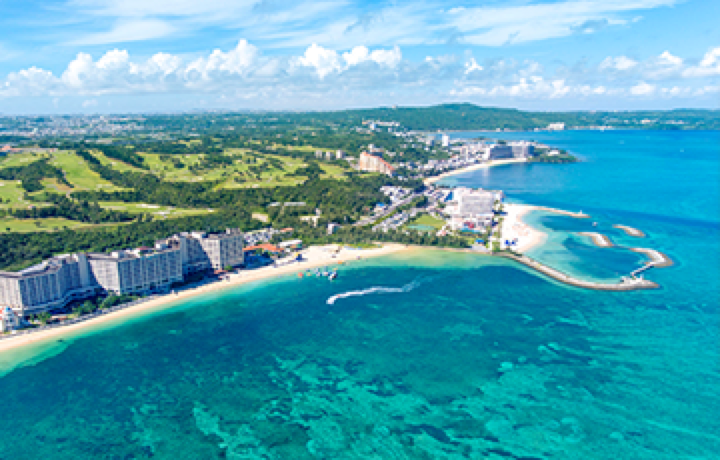



 Oita Hello Kitty Airport
Oita Hello Kitty Airport  Lands April 13th
Lands April 13th


